- Excellent fuel economy
- A solid and mature driving experience
- Spacious and practical interior
- Expensive service pricing
- Overseas models offer more equipment
- Dated interior design
Australia has gone hybrid mad in recent years so every manufacturer has done their best to offer at least one of their models come with a hybrid option down under. Kia was quite late to the party when they launched the Niro locally in 2021, even though it was launched overseas back in 2016. We tested the plug in hybrid 2022 Kia Niro PHEV Sport to see whether it still has a place on the Australian market or whether it is too little too late.
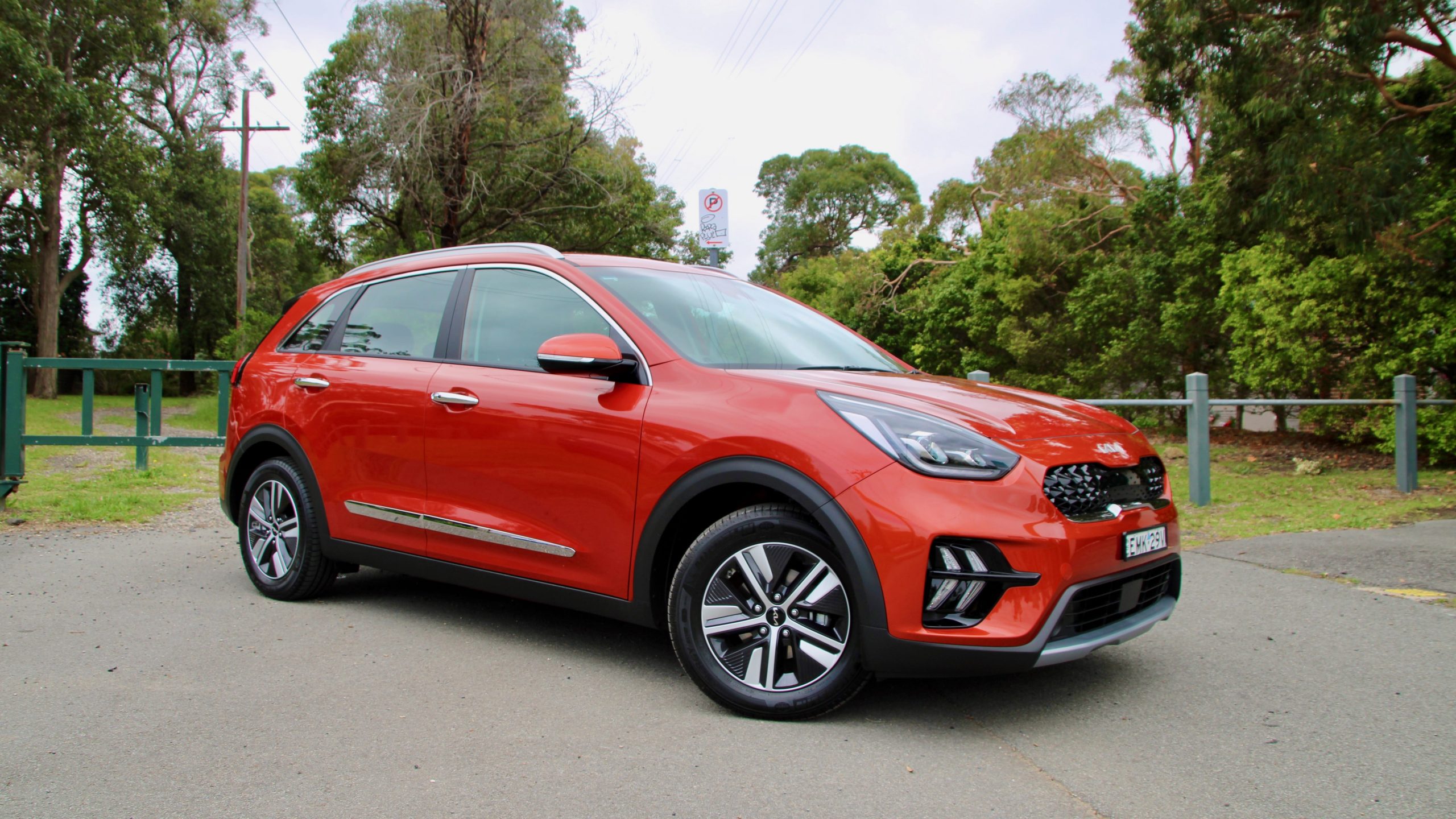
There are a plethora of other hybrid SUVs on the market such as the Toyota C-HR, Mitsubishi Eclipse Cross PHEV and the MG HS PHEV all of which rival the Kia Niro. Also in the Niro range is the fully electric Kia E-Niro and the regular hybrid Niro HEV though here we have the plus in hybrid variant in top spec Sport guise. The new model Kia Niro has just been revealed and will arrive locally towards the end of 2022 so should you hold off or buy this current model, let’s find out.
Price & Specs: 7.0/10
There are two different variants of each 2022 Kia Niro drivetrain: the base ‘S’ and the top spec ‘Sport’. The car we have here is the Niro PHEV Sport, which is priced at $53,990 drive away – $4,000 more than the base Niro PHEV S.
The Kia Niro PHEV S comes with 16-inch alloy wheels with eco tyres, an eight way power adjustable drivers seat, a leather steering wheel and gear knob, automatic halogen lighting with LED daytime running lights, automatic wipers, dual-zone climate control, an 8.0-inch touchscreen with wireless Apple CarPlay and Android Auto, digital radio, a six-speaker audio system, remote keyless entry and heated/auto-folding mirrors.
The active safety tech that comes with the Kia Niro includes autonomous emergency braking (AEB) with pedestrian and cyclist detection, lane departure warning, forward collision alert, lane keep assist, driver attention detection, rear parking sensors with a rear view camera, adaptive cruise control and seven airbags.
The 2022 Kia Niro PHEV Sport adds blind-spot monitoring with rear cross-traffic alert, LED headlights, auto high beam, an auto-dimming rear mirror, keyless entry with push button start, paddle shifters for part manual control of the gearbox, a passenger auto up and down window, aluminium sports pedals, interior ambient lighting, satellite navigation with live traffic alerts, a larger 10.25-inch touchscreen and faux leather seating.
Paint options for the Niro include ‘Interstellar Grey’, ‘Runway Red’, ‘Steel Grey’, ‘Aurora Black’, ‘Snow White Pearl’, ‘Deep Cerulean Blue’ and out test car’s ‘Sunset Orange’. All of these options are $520 extra and the only no-cost colour is ‘Clear White’.
We definitely think the upper spec Sport is worth the extra $4,000 spend over the S as there is a big equipment difference – though equipment such as heated seats, a sunroof, memory settings for the driver’s seat, a premium sound system and a digital driver’s display (as on the South Korean model) are nowhere to be seen. The Mitsubishi Eclipse Cross PHEV Aspire, which is the equivalent to the Niro Sport, is $49,990 plus on-road costs (roughly $55,000 drive away) and the MG HS PHEV is $47,990 drive away.
The closest rival to the Kia Niro PHEV Sport is the Mitsubishi Eclipse Cross PHEV Aspire. It’s priced $1,000 more than the Kia but it adds all-wheel drive, a 360-degree camera, front parking sensors, larger 18-inch alloy wheels and an eight-speaker sound system – well worth the extra $1,000, in our opinion.
Performance & Economy: 7.5/10
The 2022 Kia Niro PHEV comes with a 77kW/147Nm 1.6-litre naturally aspirated ‘GDI’ four-cylinder engine that is paired to a 44.5kW/170Nm electric motor that draws its power from an 8.9kWh lithium ion battery pack mounted under the rear seat and boot. The Niro PHEV is capable of 58km of all-electric driving on a full charge and this drivetrain is used in other Kia/Hyundai products such as the Ioniq and the overseas Kona Hybrid.
The drivetrain produces a combined output of 104kW of power and 265Nm of torque, which may not seem like a lot, but behind the wheel it’s more than adequate. Power is sent to the front wheels via a six-speed dual-clutch automatic transmission, which is rare for a hybrid as most use CVT gearboxes. The dual-clutch automatic does make the 2022 Kia Niro drive more like a regular car than most other hybrid vehicles on the market.
The 2022 Kia Niro PHEV uses a Type 2 charge plug for AC charging, which can be found at most Australian public charging stations. The hybrid batteries take just under four hours to charge with a standard wall-mounted power point, but if you install a Kia wall box to charge your Niro, it will take two hours and 15 minutes as the Niro’s charging is limited to just 3.3kW.
The transmission can be a little jerky at low speeds – as is typical with dual-clutch transmissions – but when moving, it is snappy with the gear changes and predictable. The switch between electric power and petrol power can be a little abrupt at times, especially when accelerating hard (compared to Toyota’s excellent hybrid systems – though they’re regular hybrids and not plug-in units).
The claimed average fuel consumption figure for the 2022 Kia Niro PHEV Sport is just 1.3L/100km and with a week of driving on mostly urban roads and keeping the electric battery charged up we managed to that achieve that figure. Expect to see a 3,000km range from the 43-litre fuel tank of fuel – though only if you keep it charged because if not, fuel consumption will skyrocket. Helping costs further is that the Niro only requires 91RON regular unleaded fuel.
Ride & Handling: 8/10
The 2022 Kia Niro PHEV Sport sits on the same platform as the Kia Cerato, Hyundai Kona and Kia Seltos, which gives it a good base for potential to drive well. There is very little of the wallowy feeling SUVs usually have, which may be down to the extra weight from the battery packs in the Niro. Unlike a lot of other Kia models the Niro doesn’t have Australian tuned suspension, it has the European suspension tune meaning it is a little more firm than other models but it is definitely not uncomfortable for daily duties.
The other benefit to the European suspension tune is that it is more dynamic than other Australian-tuned models. This means that the Niro PHEV handles surprisingly well for a hybrid SUV – it’s no Stinger GT but it can definitely hold its own when shown some twisties. Adding to that is well-weighted steering that offers reasonable communication between the car and its driver. Road noise levels are reasonably low, while visibility is good as well.
The active safety tech in the 2022 Kia Niro is rather good. Must like its application in all other Hyundai and Kia products, the Niro’s safety tech does a good job of working behind the scenes to make driving a more safe experience.
The radar cruise control maintains a safe distance between you and the car in front of you, the forward collision alert isn’t too sensitive like it can be in some cars and the lane departure warning system, while a little sensitive in suburbia, works wonders out on the open road.
Interior & Practicality: 7.5/10
This is where the 2022 Kia Niro starts to show its age, being a car launched in 2016 it does lack some features in the interior and the design is also a little dated. For instance, only the drivers seat is electric and doesn’t have any form of memory settings, there are no heated and cooled seats, no heads-up display and the steering wheel is the same as that seen in the previous generation Kia Sportage but without the nice chrome buttons. The new Kia Niro features a more up to date interior and fixes a lot of these issues.
The dashboard of the Niro is soft to the touch, as are the tops of the doors but unfortunately everything below that point is where the quality dips a bit. It is hard scratchy plastic beyond there which brings the feel of the cabin down although it is worth noting that everything does feel well built and put together properly, even if it is displeasing to touch. The leather on the seats is rather soft but feels hard wearing – it is the same on the steering wheel and gear knob.
The familiar 10.25-inch touchscreen that sits central on the 2022 Kia Niro’s dash is a great unit to use – the menus are easy to navigate and the colours are nice and vibrant. The wired Apple CarPlay and Android Auto is easy to set up and the in built navigation is intuitive and includes 10 years of live traffic information and map updates. The navigation system will also guide you to charging stations if required, which is very helpful.
The Kia Niro’s cabin is relatively practical with big door bins, two cup holders in the centre console, a tray ahead of the shifter for your phone (though not a wireless charger), a big bin under the centre armrest and a reasonable glovebox as well.
The rear seats of the Niro are what we would call adequate – there is much more space and air in the rear compared to the Eclipse Cross, and both leg- and headroom are totally fine. There are also no charging ports, although there are air vents, door pockets, map pockets and a fold down centre armrest with cupholders.
Opening the boot of the Niro (manually as there is no power tailgate) reveals 324-litres of cargo space (1,322L with the seats folded – which reveals an annoying ridge). This is smaller than the 359L boot in the Eclipse Cross, as well as the 410L in the regular Niro HEV and the 451L you get in the fully electric E-Niro.
Service & Warranty: 8.5/10
The 2022 Kia Niro PHEV Sport comes with the brand’s seven year/unlimited kilometre warranty, as seen on all other Kia products. The battery packs are also warranted for seven years or 150,000km. This is the same warranty as is seen with the MG HS PHEV, but the Mitsubishi Eclipse Cross PHEV’s 10-year unlimited kilometre warranty trumps both. The Kia comes with 12 months of roadside assistance from purchase, but is extended by a further 12 months at every scheduled service for up to eight years. The Mitsubishi has the same system but for only up to four years.
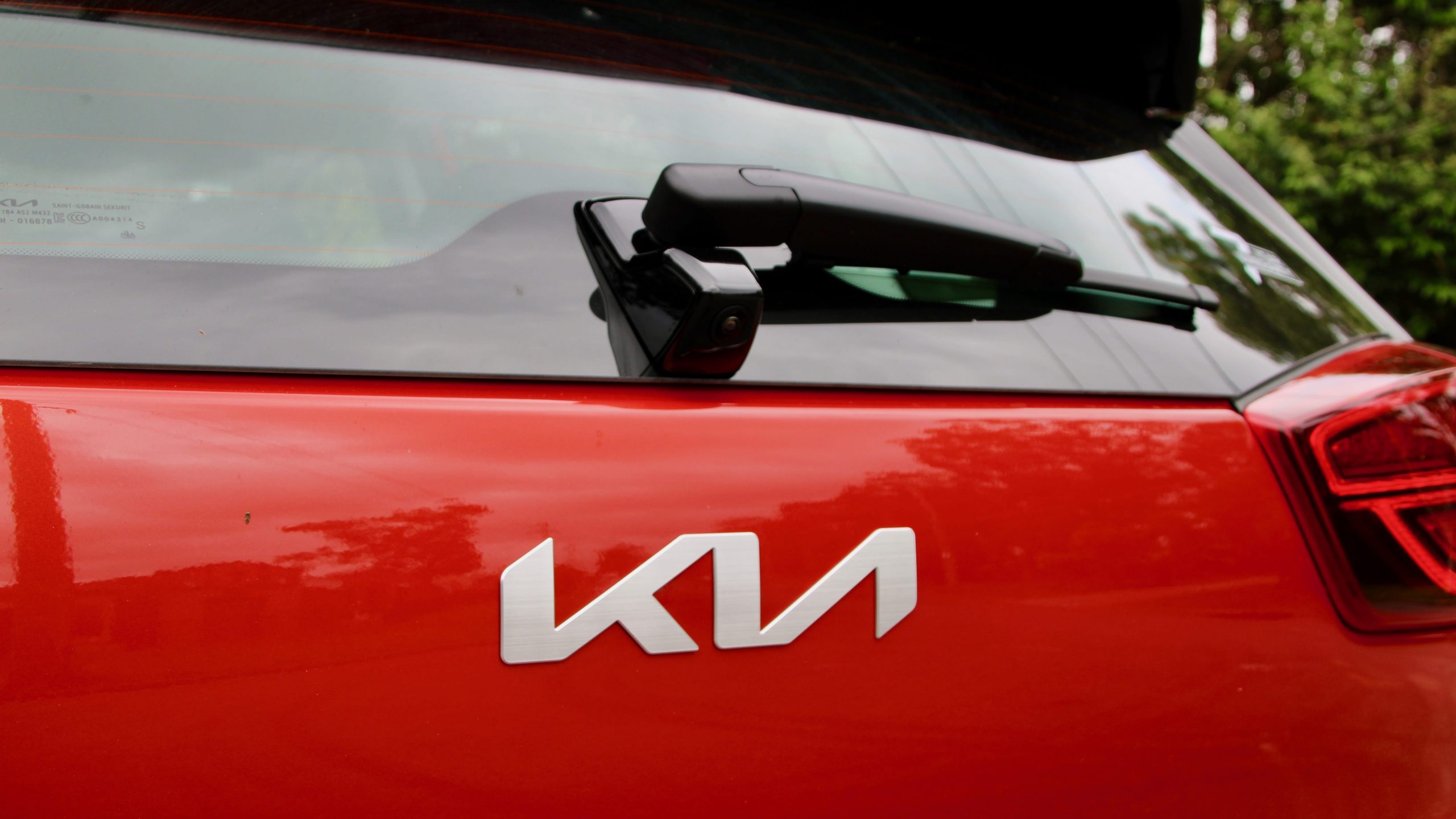
The cost to service the Niro PHEV for five years/75,000km (service intervals are 12 months or 15,000km) is $2,321 (an average cost of $464.20). The MG HS PHEV has lesser 10,000km intervals, but the cost of servicing over five years or 50,000km is $1,589 (an average service cost of $317.80). The Mitsubishi Eclipse Cross PHEV will set owners back $1,695 to service over five years/75,000km which means an average service cost of $339 and making the Kia compared to its competition is rather expensive to service.
2022 Kia Niro PHEV Sport DiscoverAuto Rating: 7.7/10
Being five years old before it was even launched Down Under may have hurt the Niro’s reputation from the get go. But this shouldn’t sway you as the 2022 Kia Niro PHEV Sport is a great car out of the box. It is very fuel efficient, mature and composed to drive and surprisingly spacious. In saying this, there are other plug-in hybrid vehicles that are more modern and for less money such as the MG HS PHEV and the Mitsubishi Eclipse Cross PHEV.
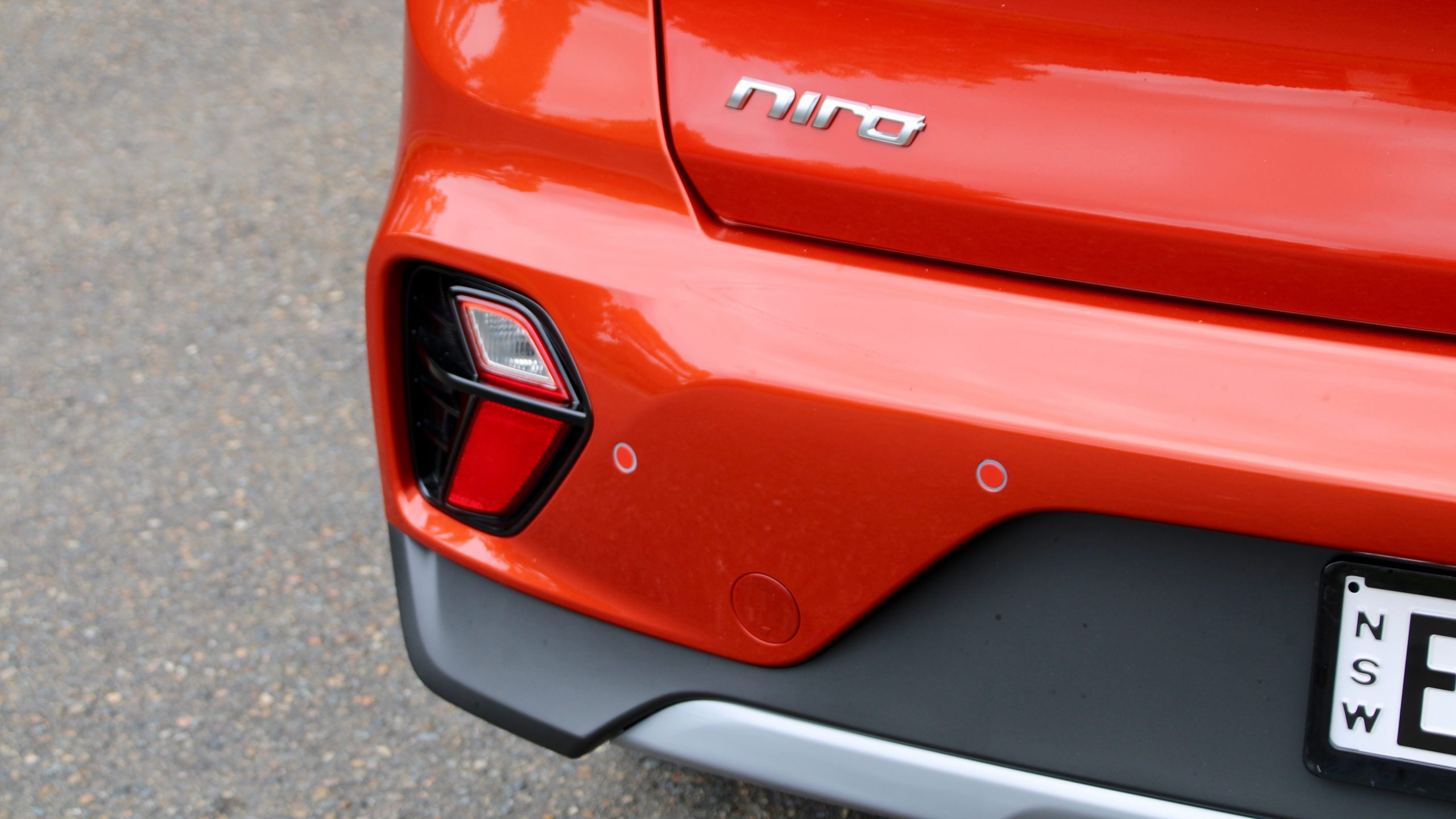
But would we put the Kia Niro PHEV on our shortlist when searching for a plug-in hybrid? Definitely due to having a great warranty, good safety tech and a nice driving experience. It’s expensive to service, it’s missing equipment available overseas and the interior is a little dated, but as a plug-in hybrid SUV, it works very well.
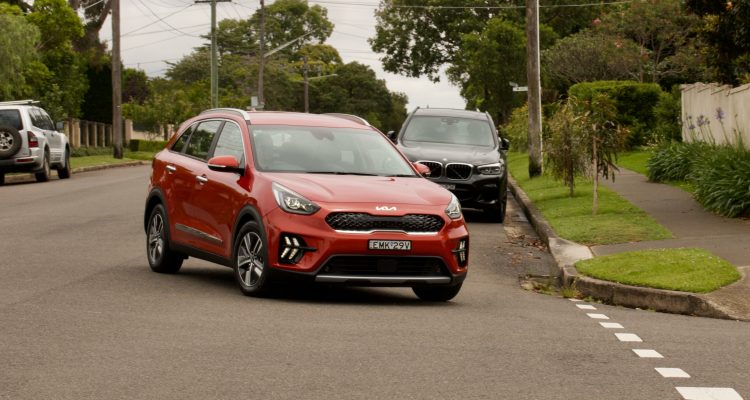
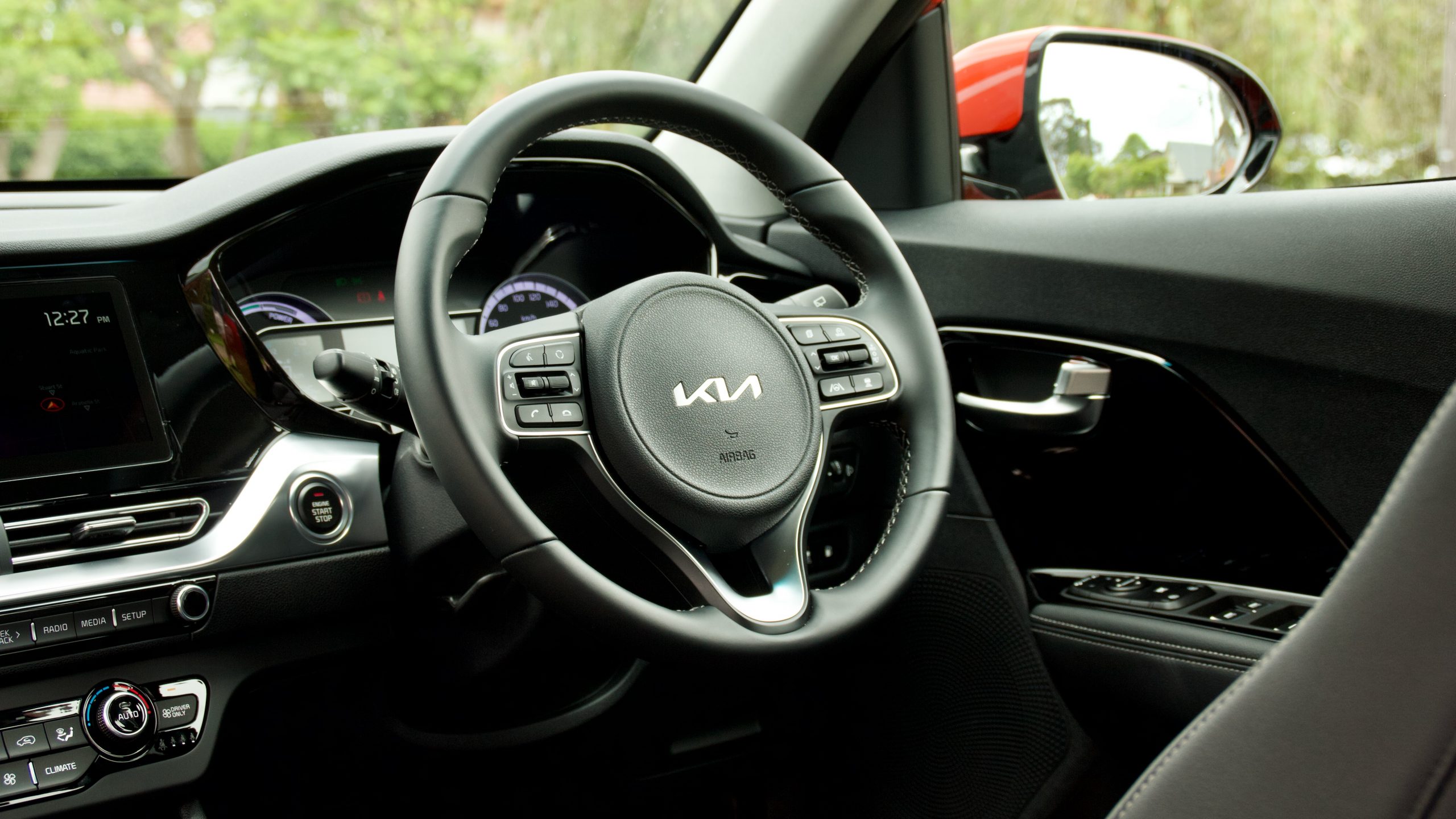
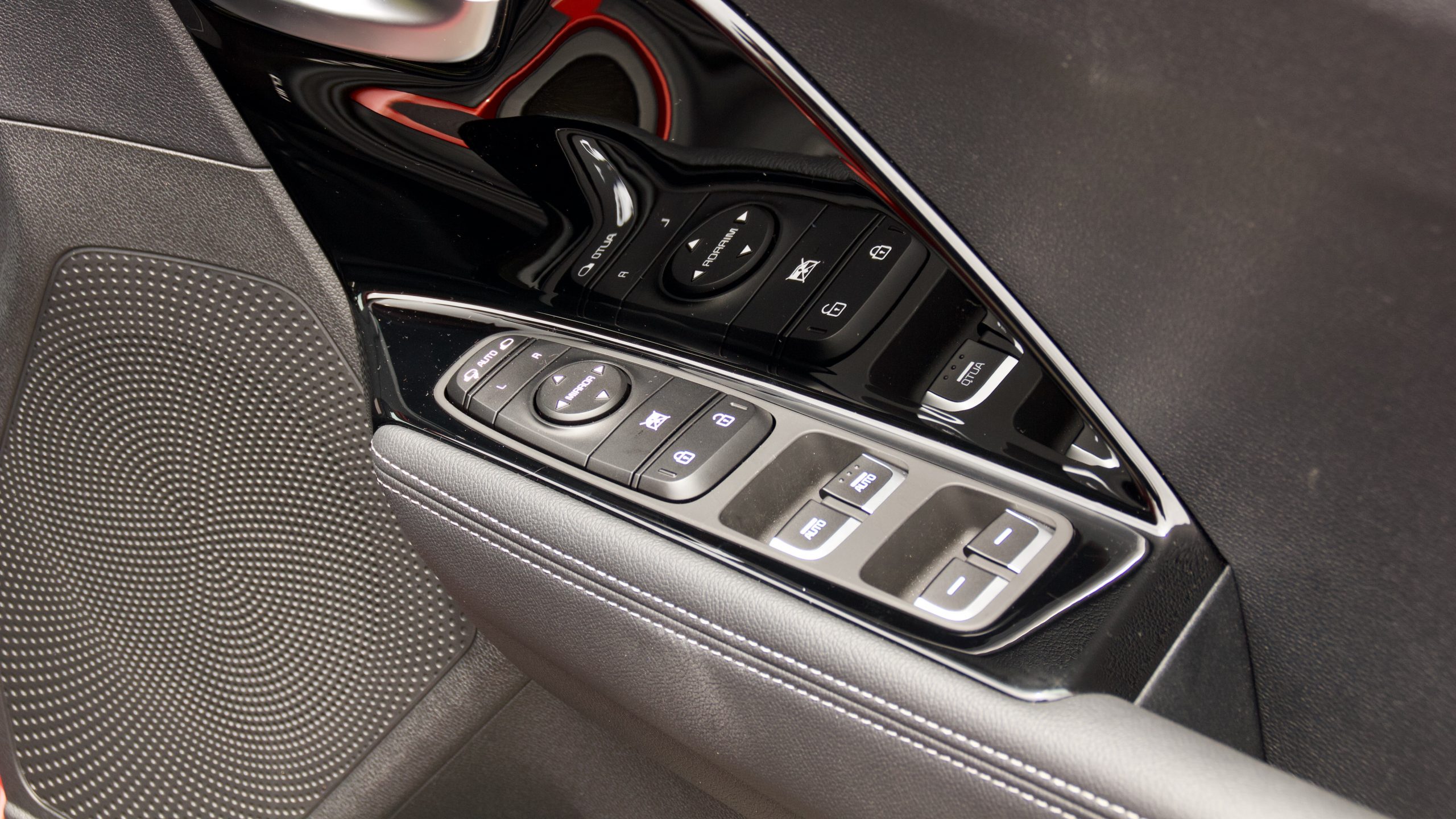
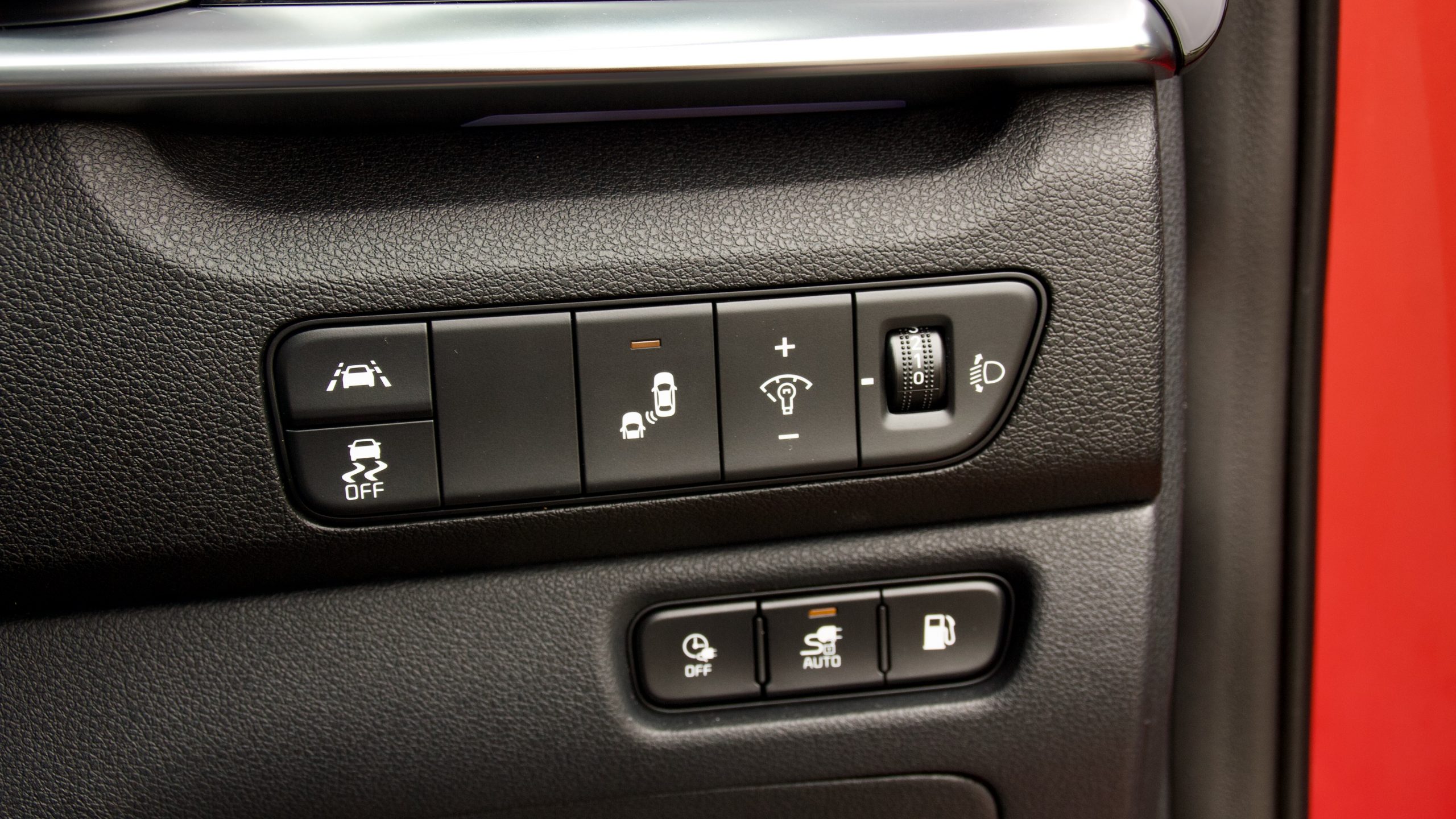
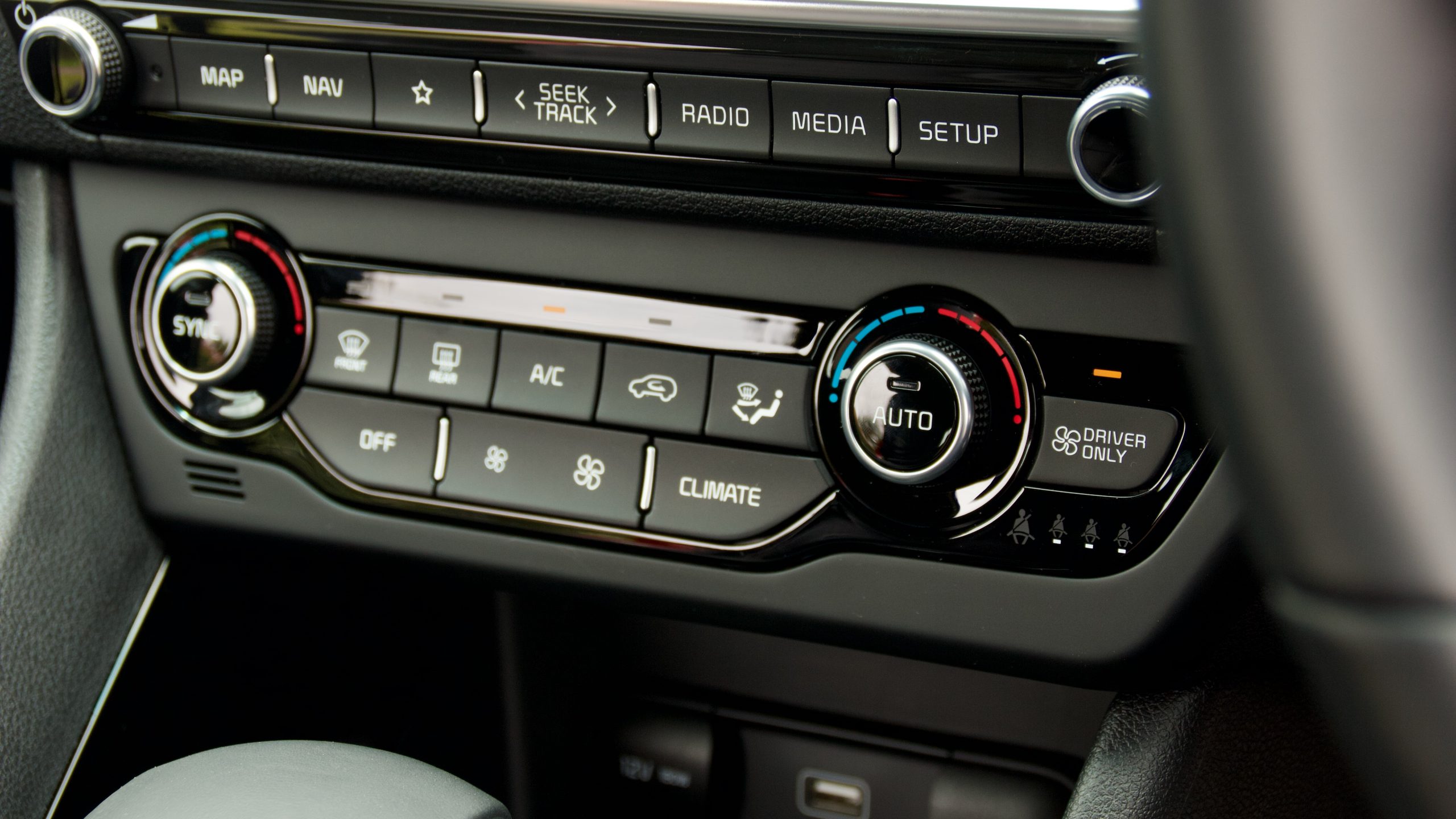
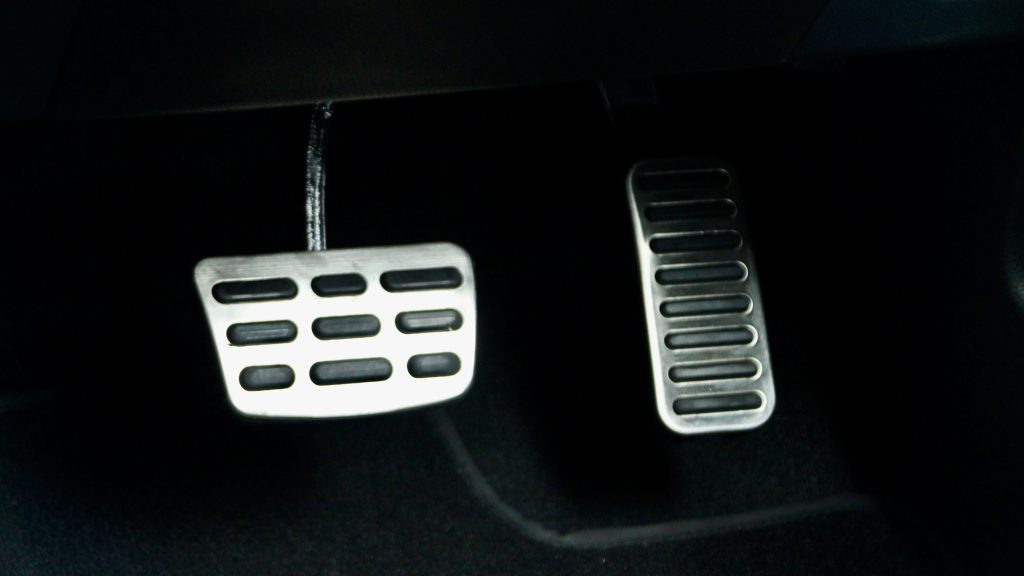
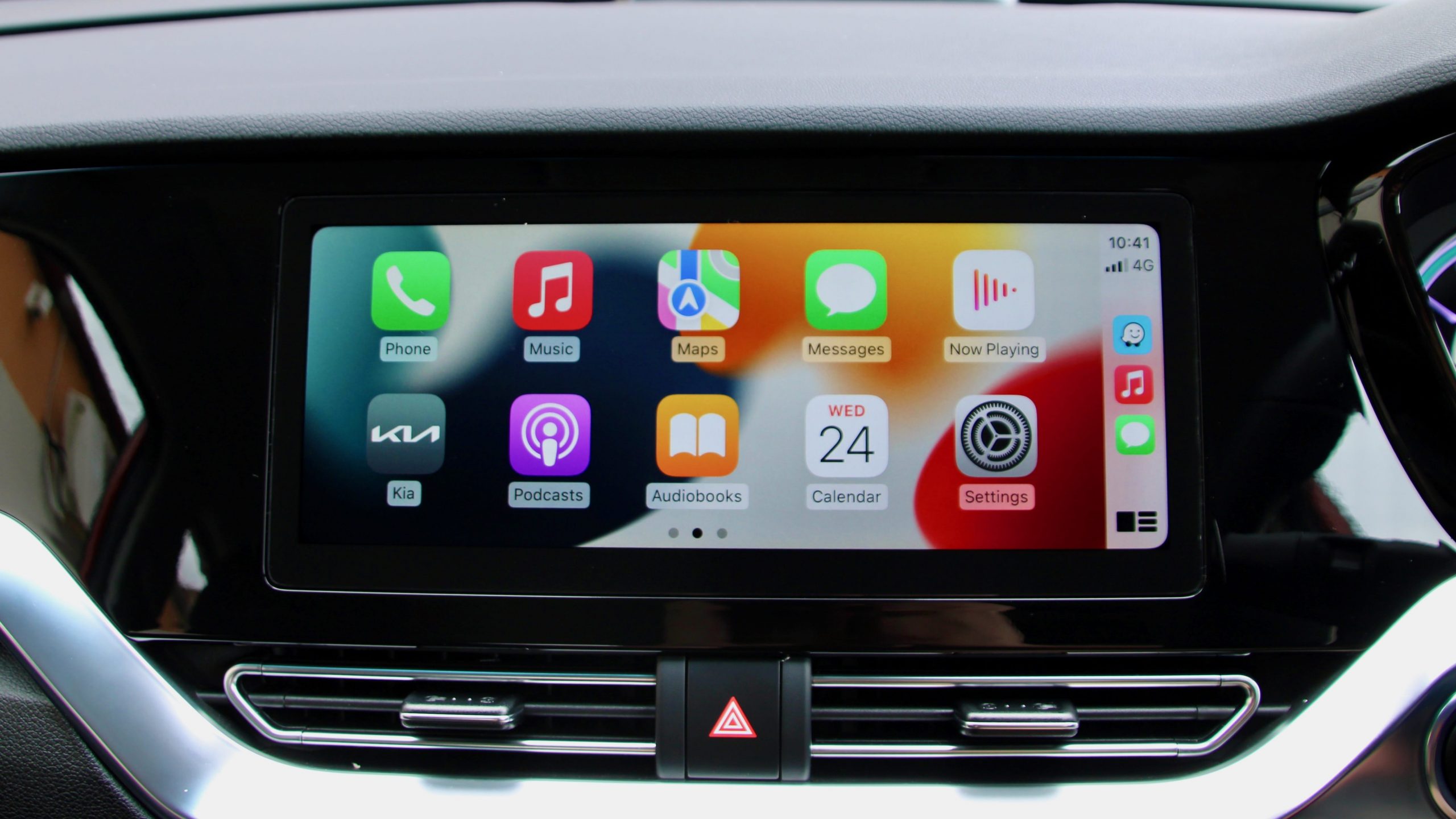
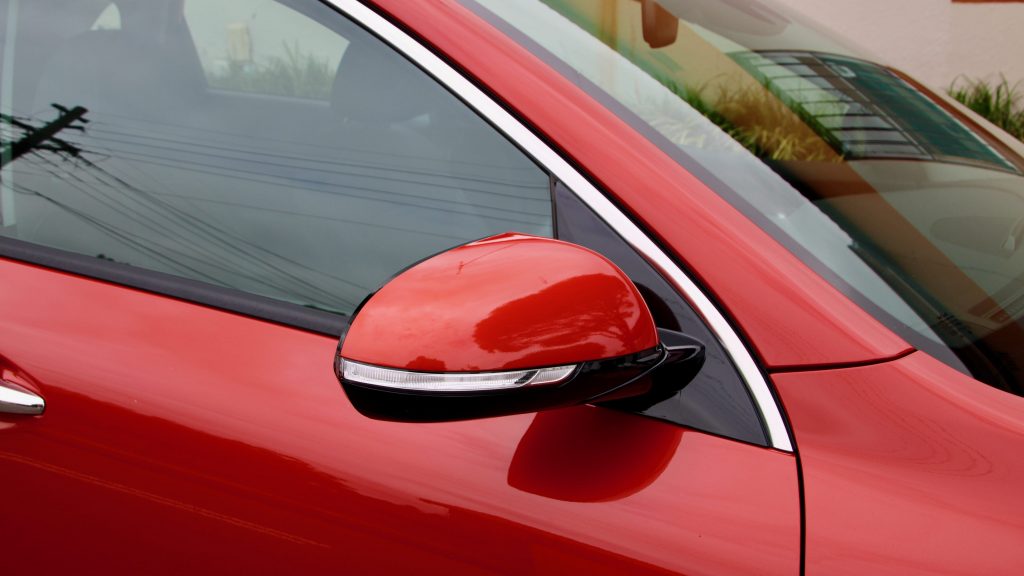
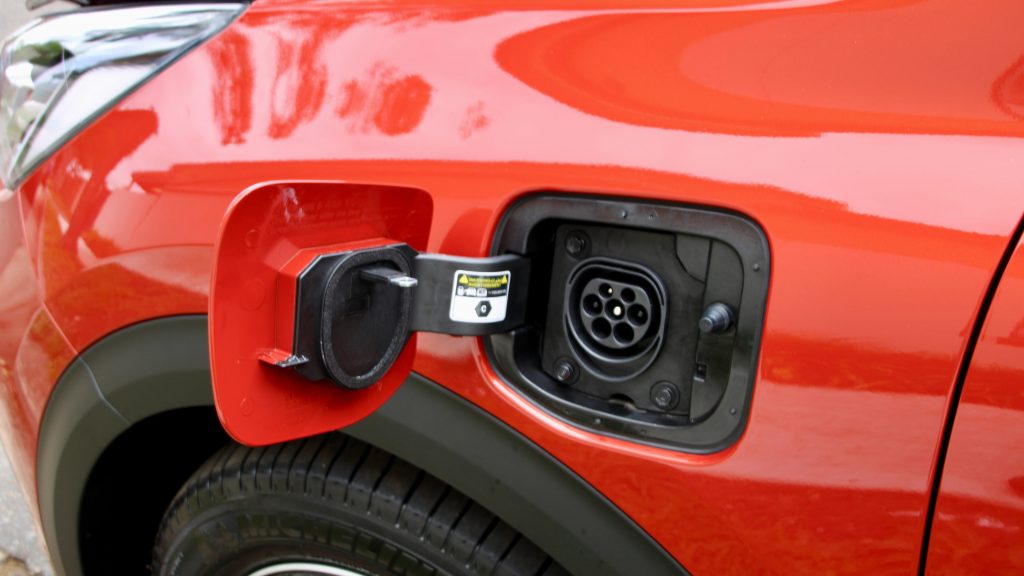
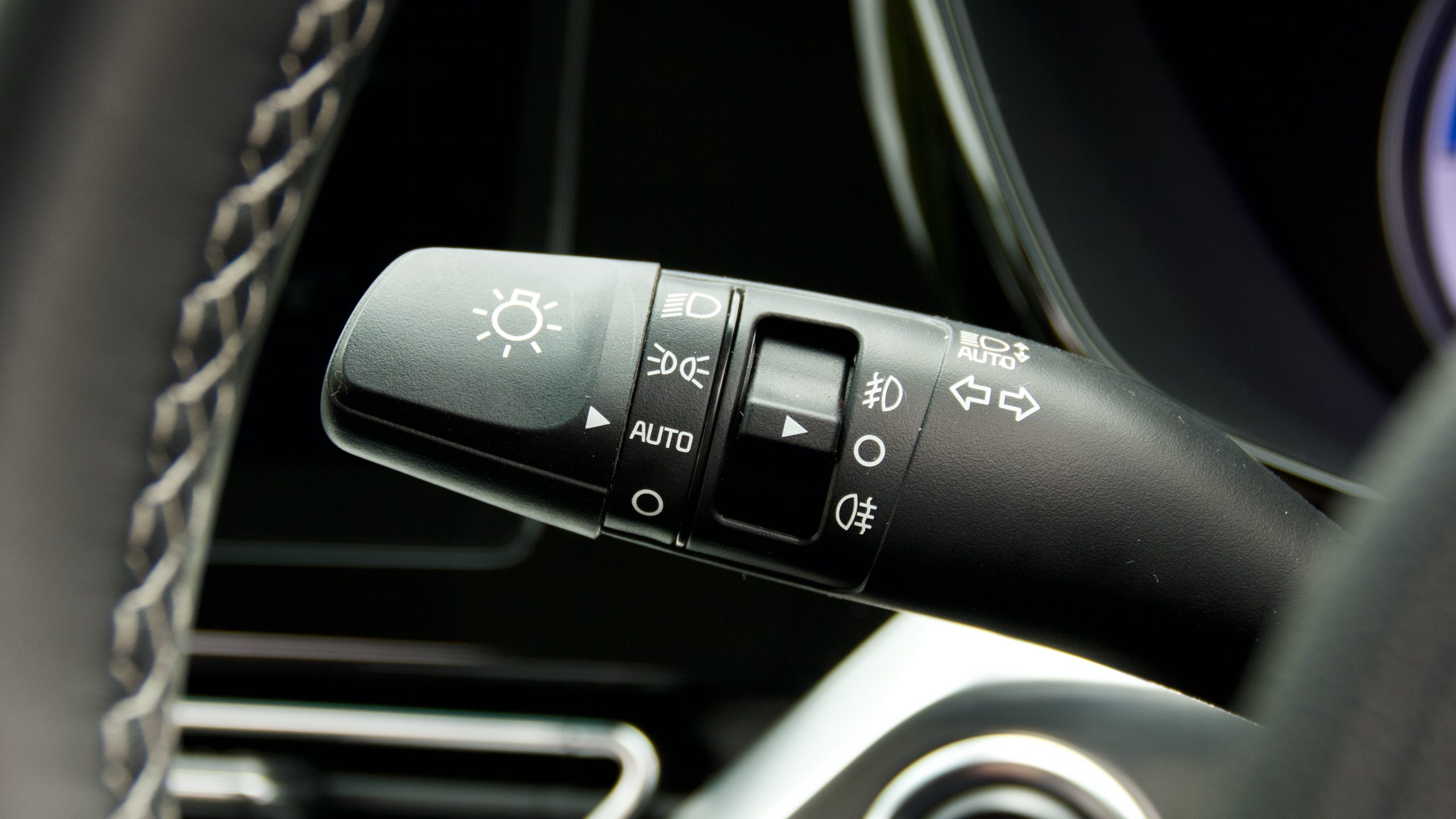
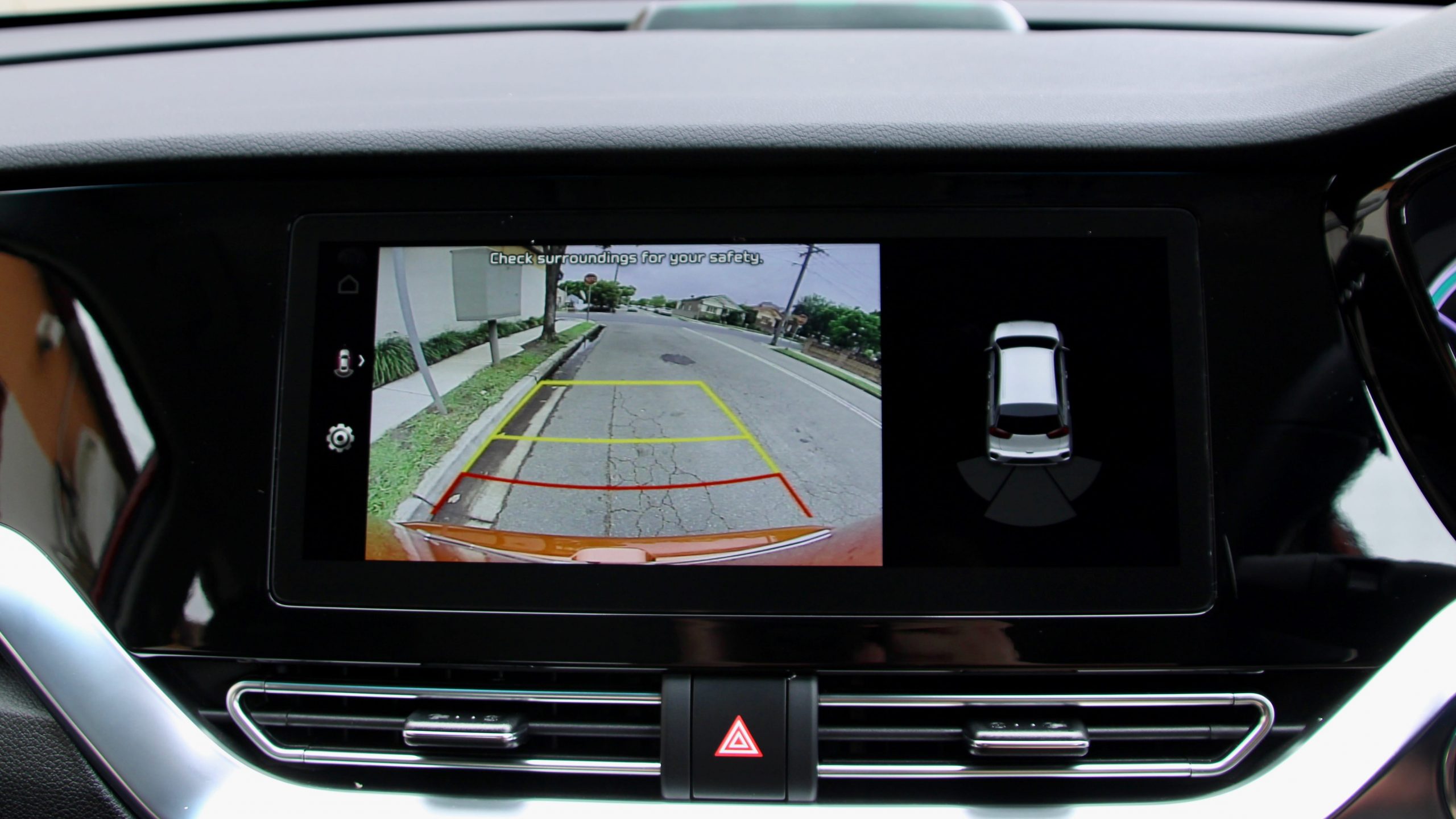
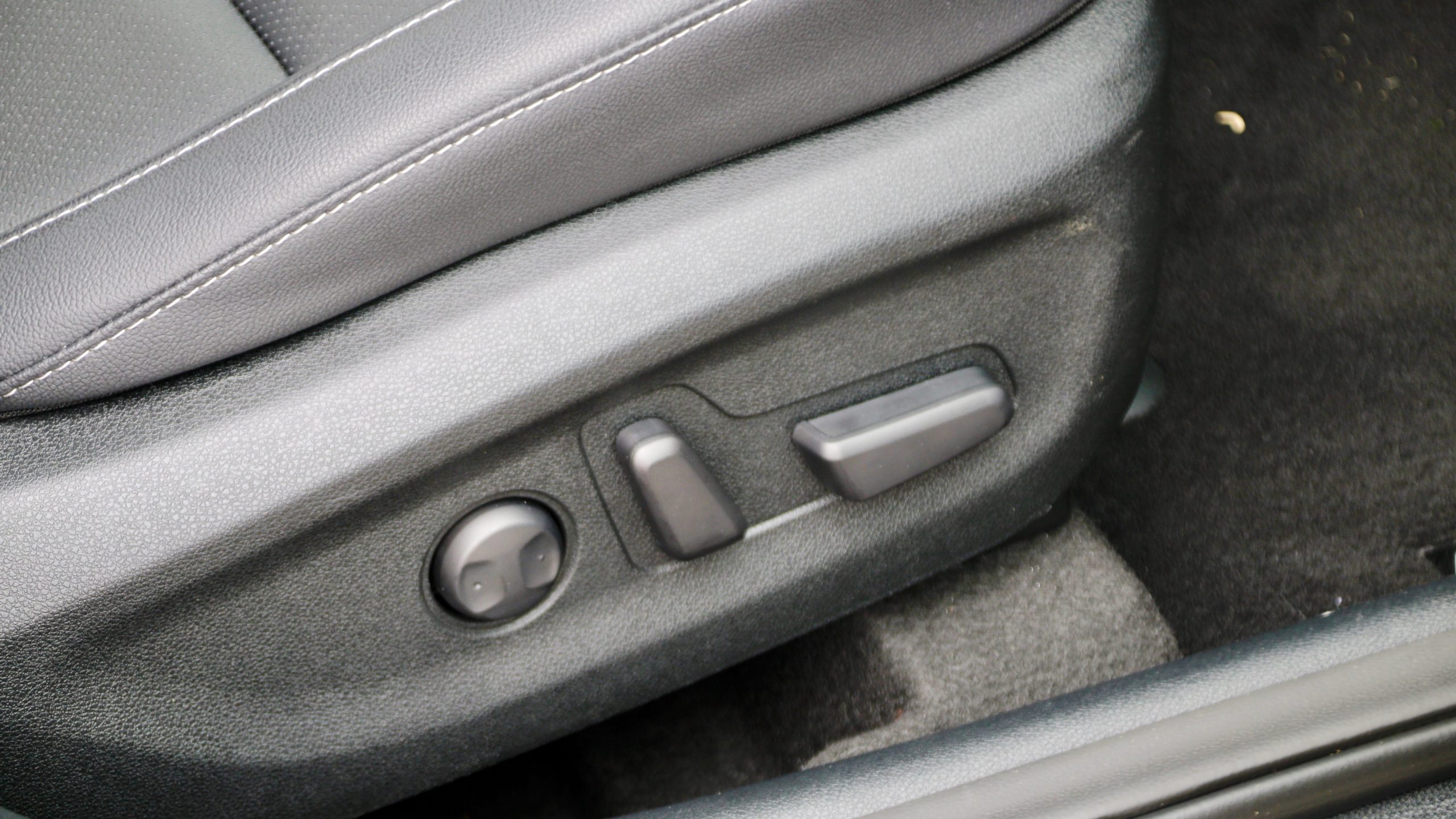
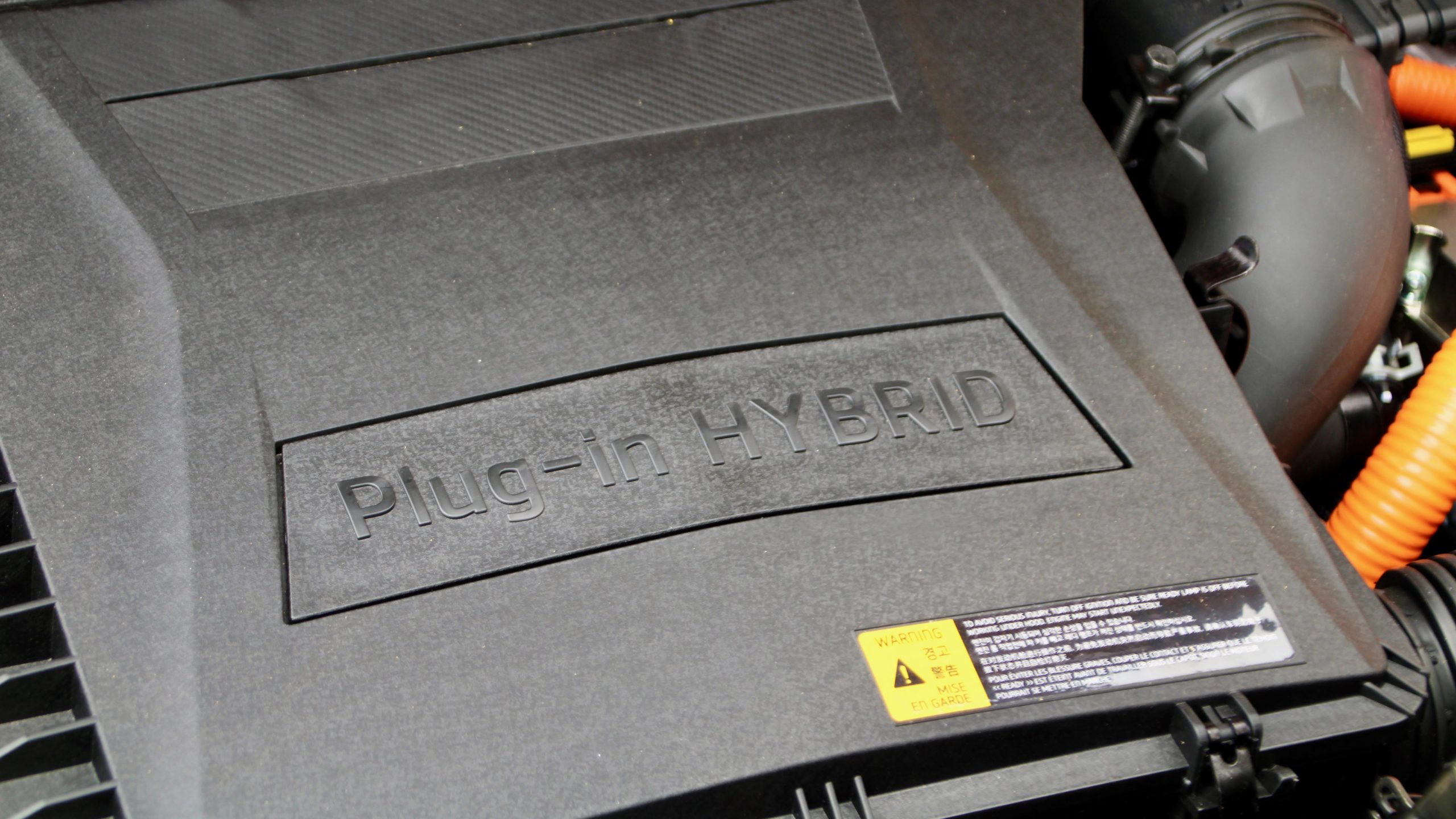
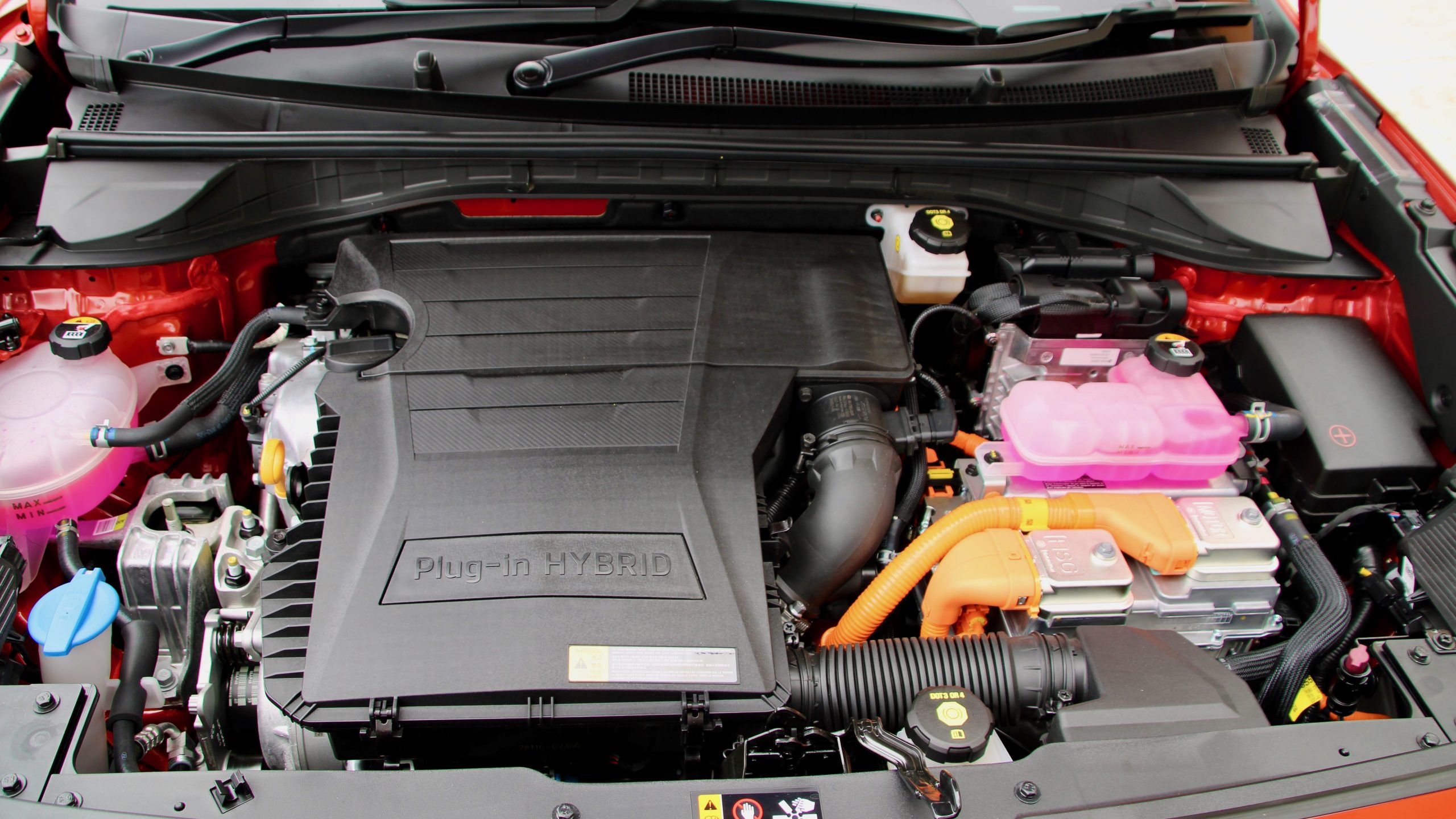
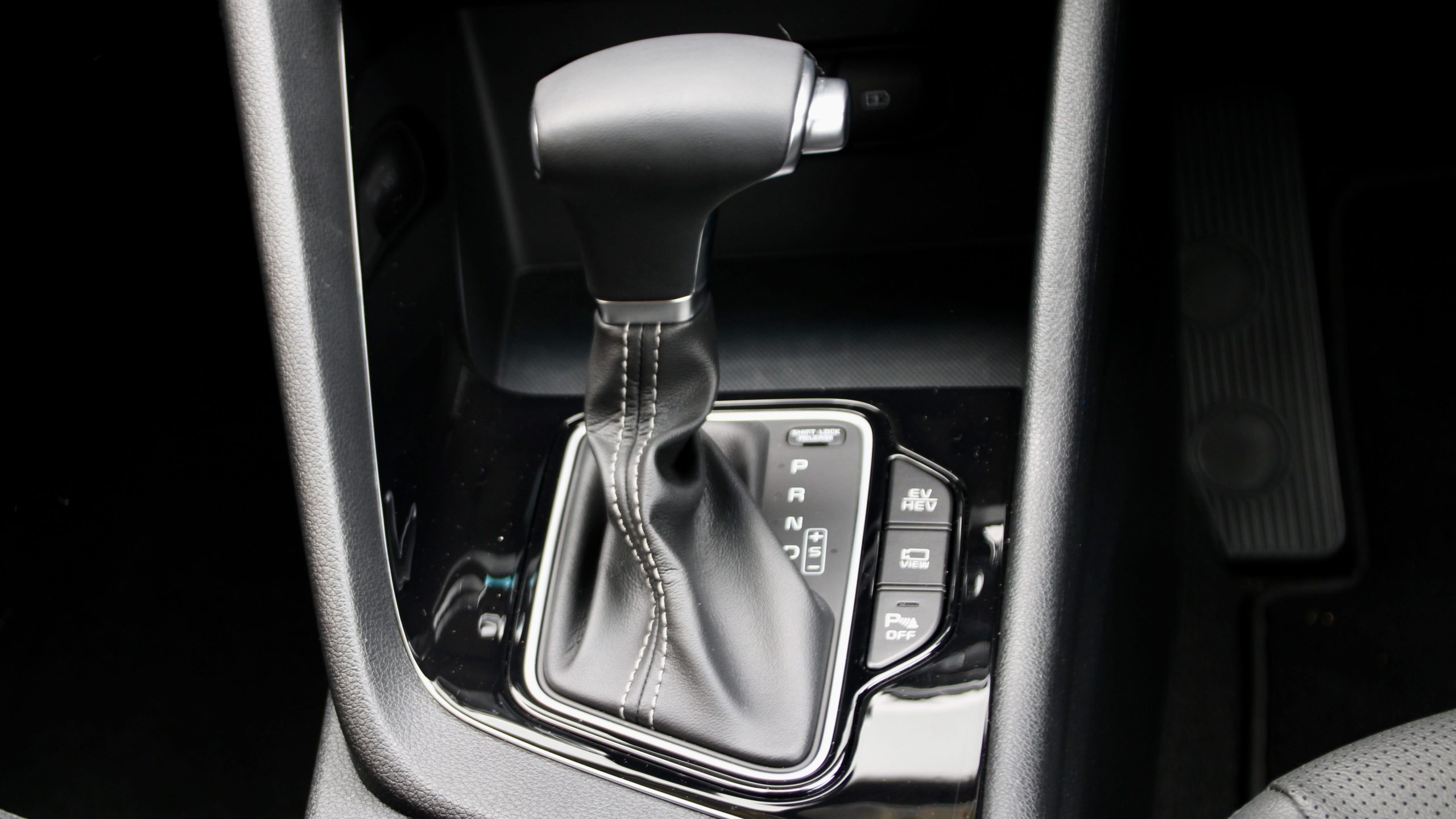
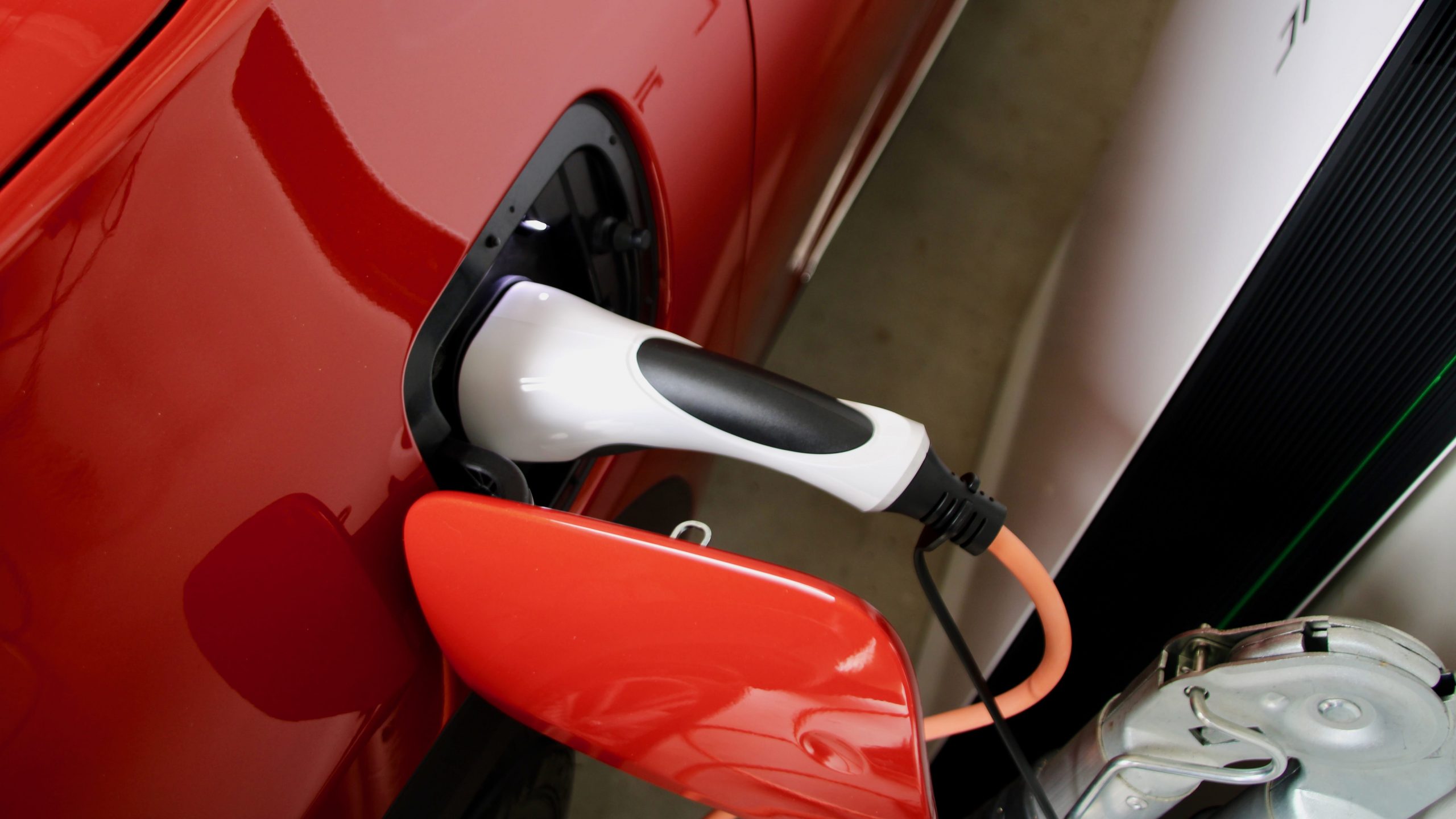
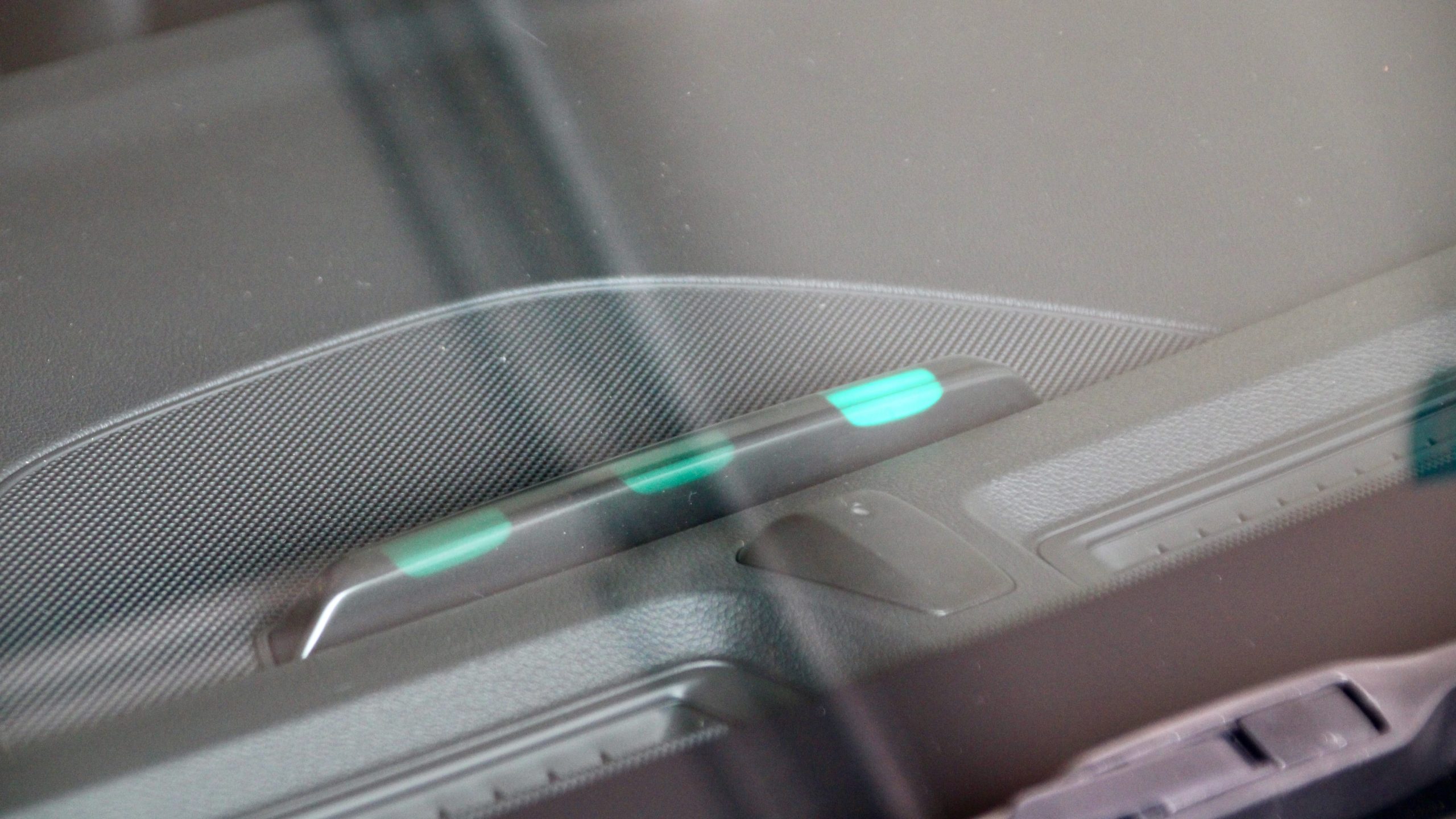
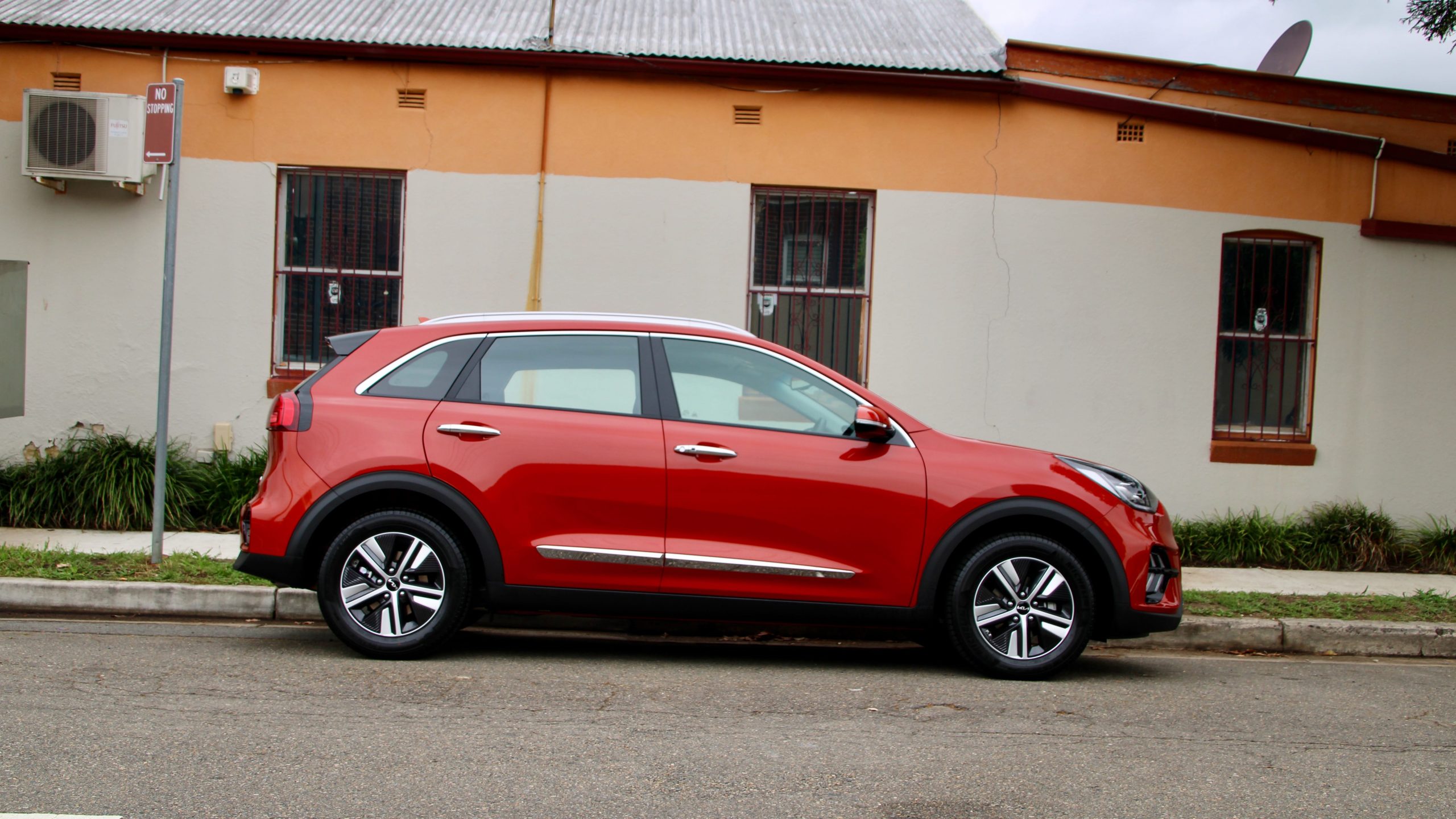
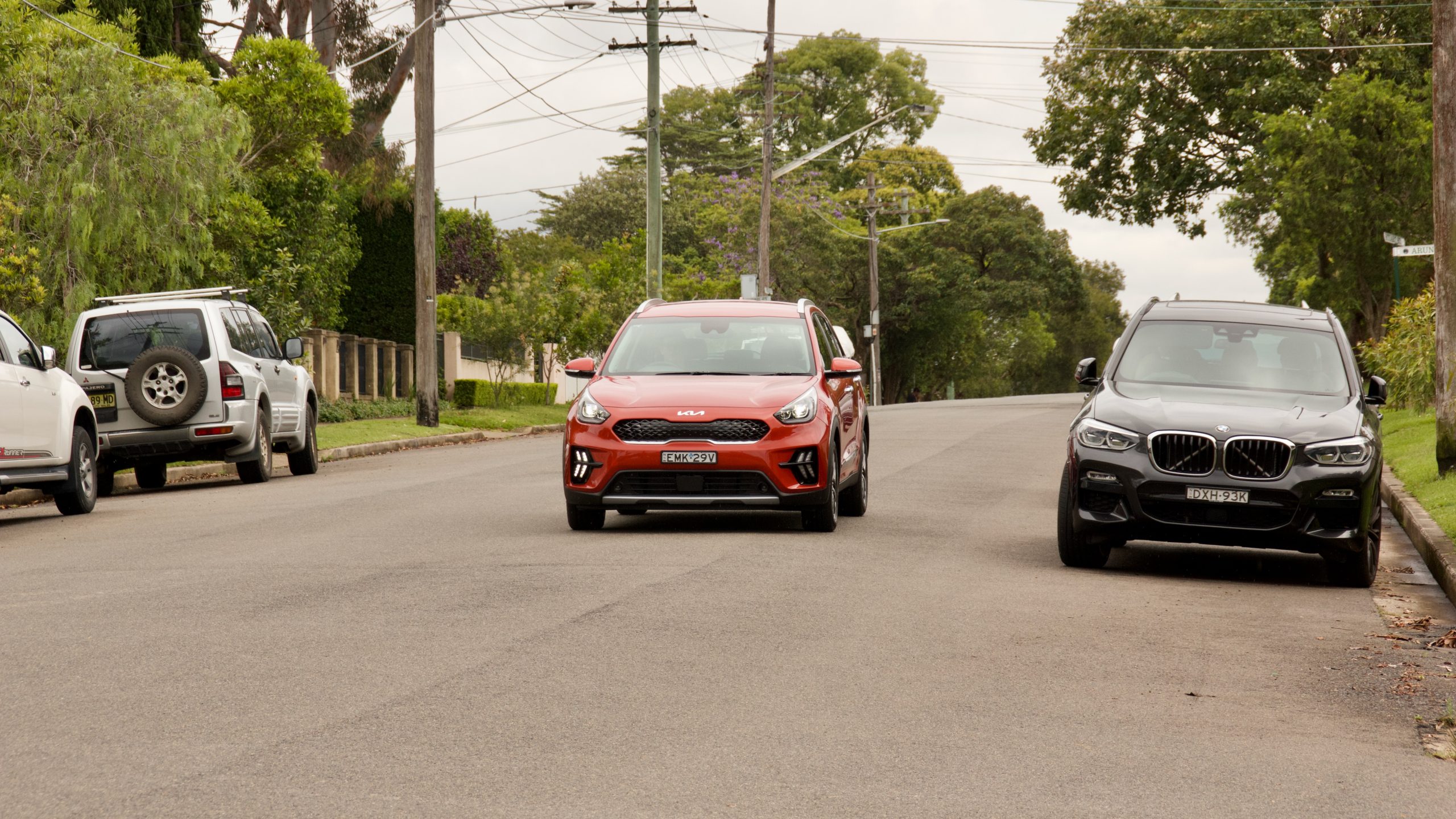
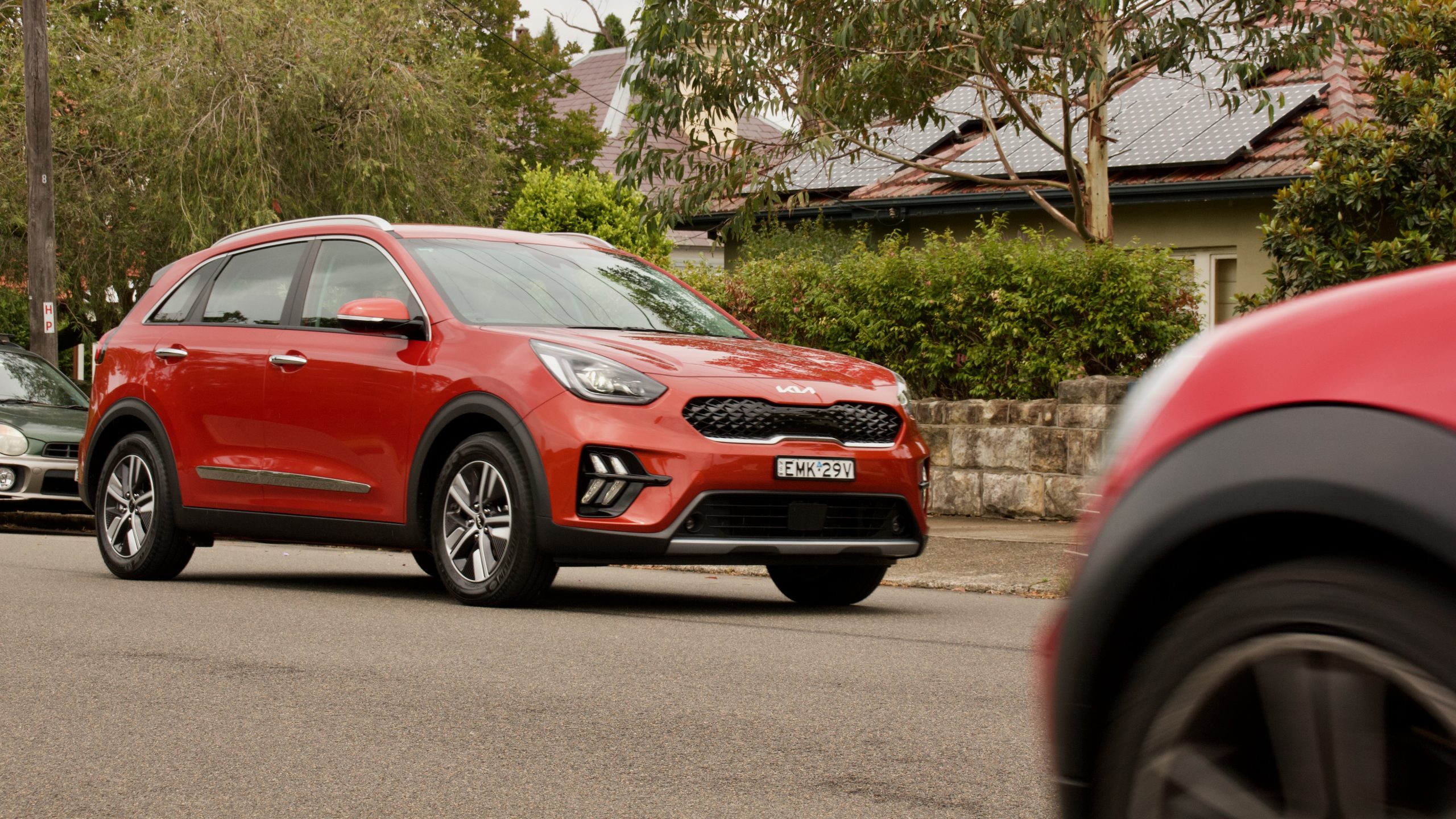
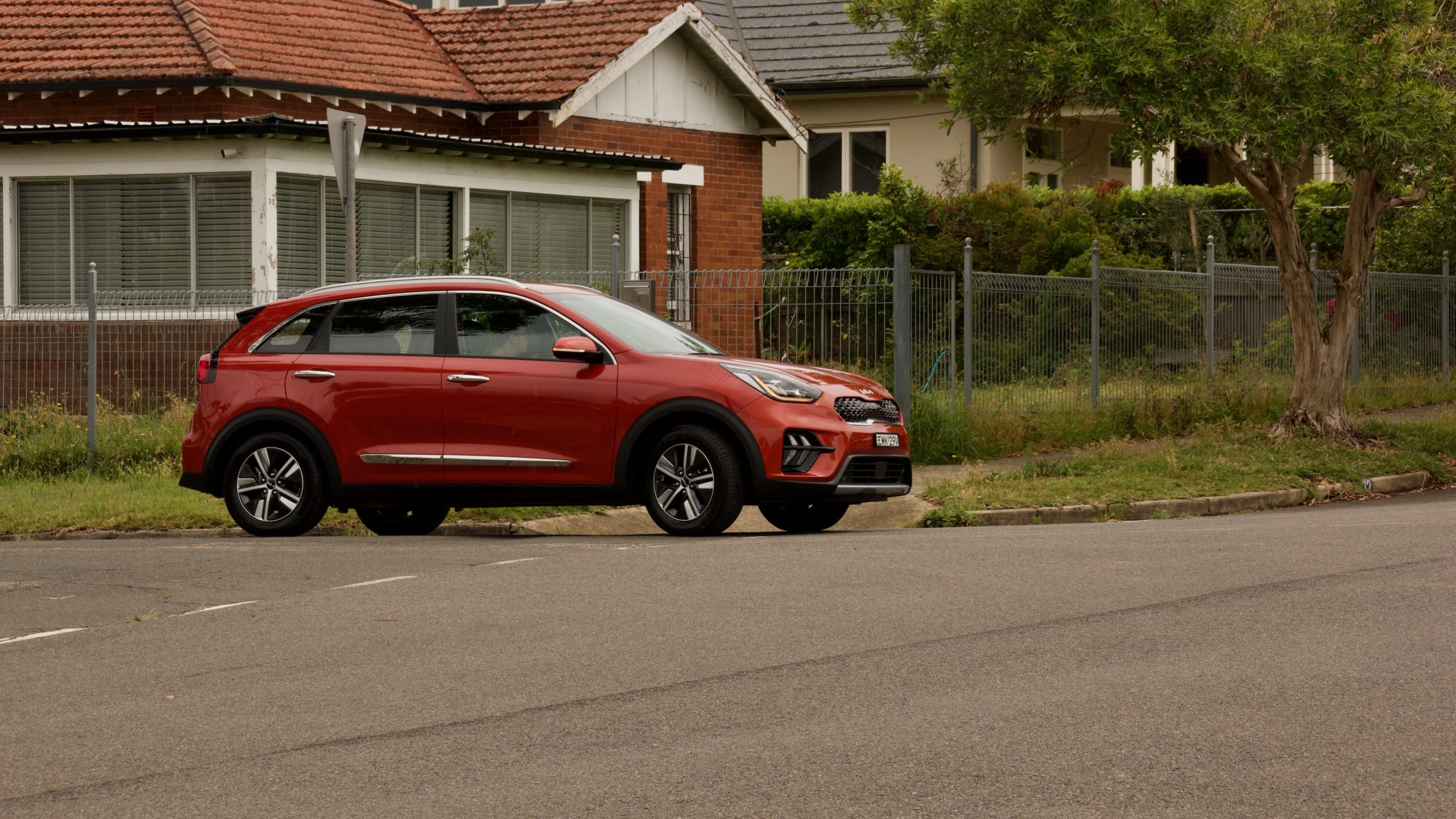
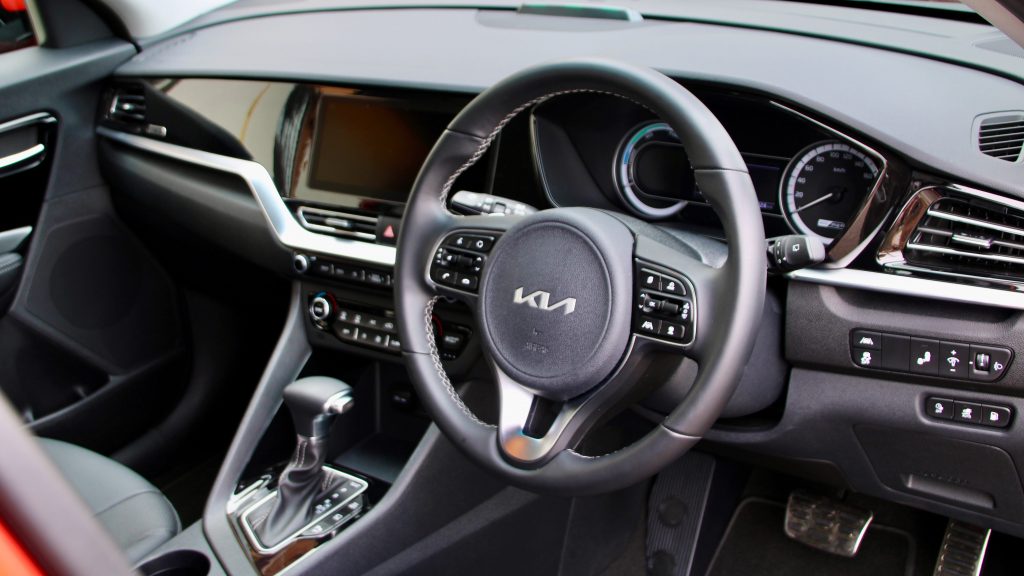
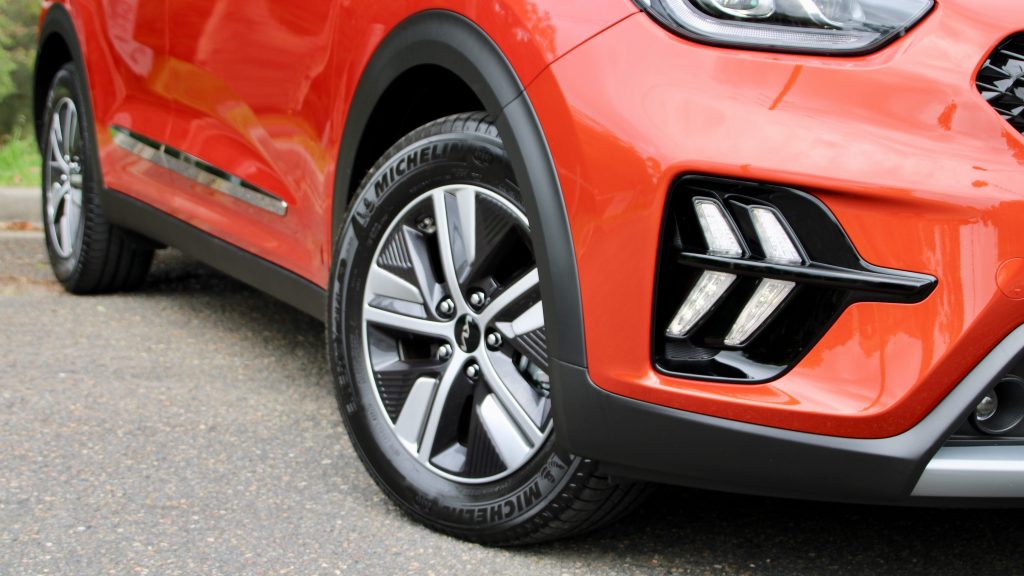
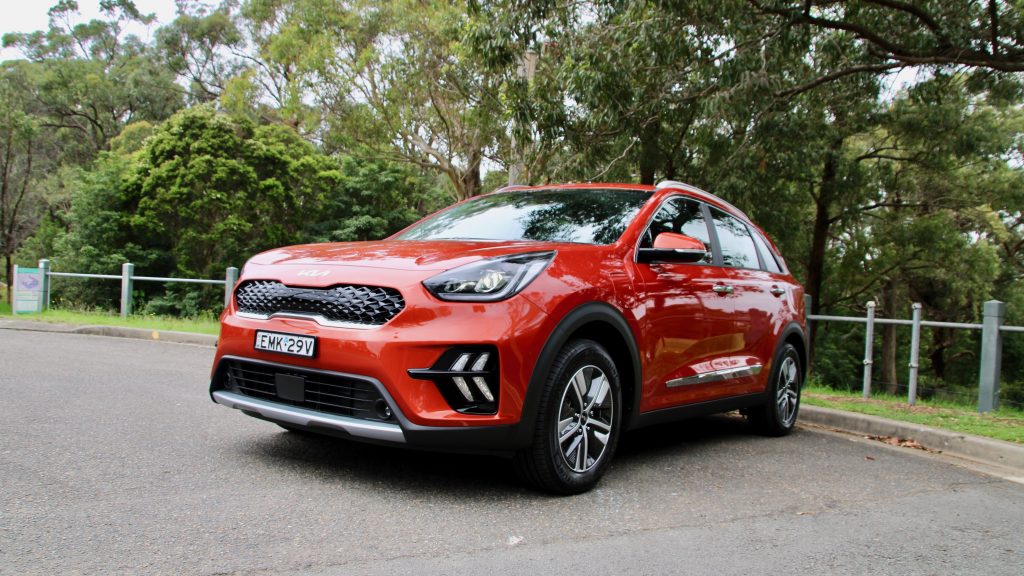
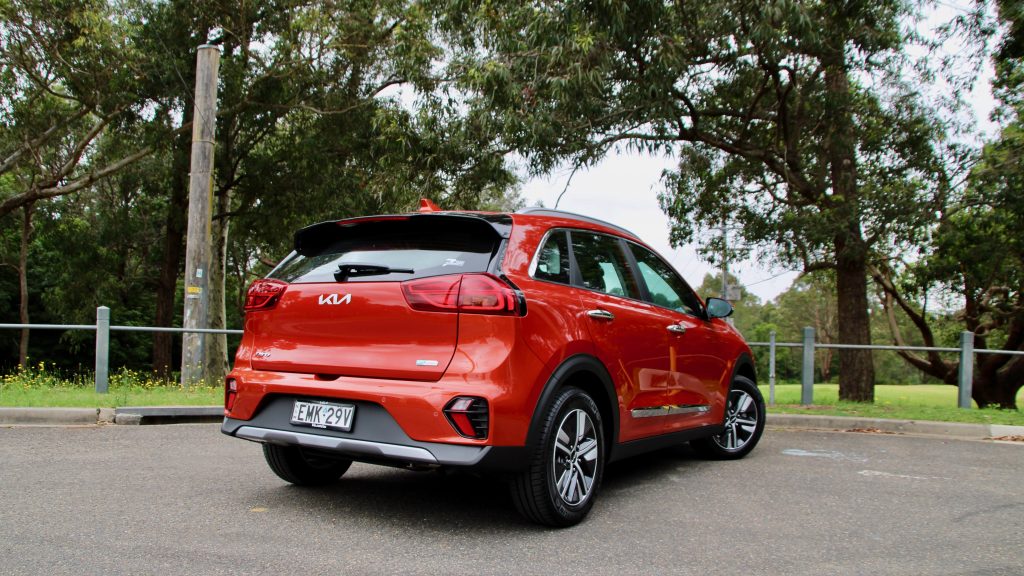
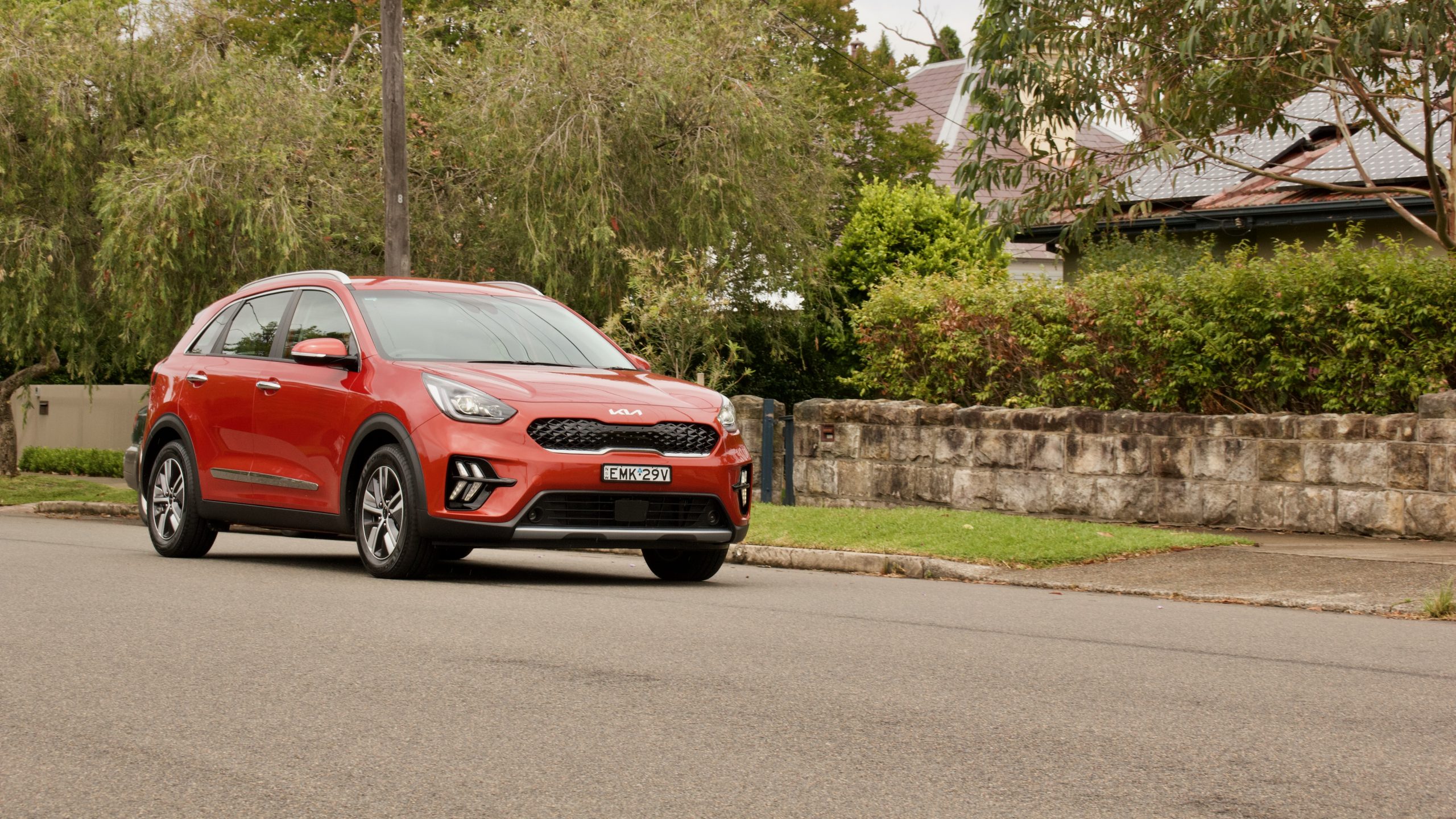
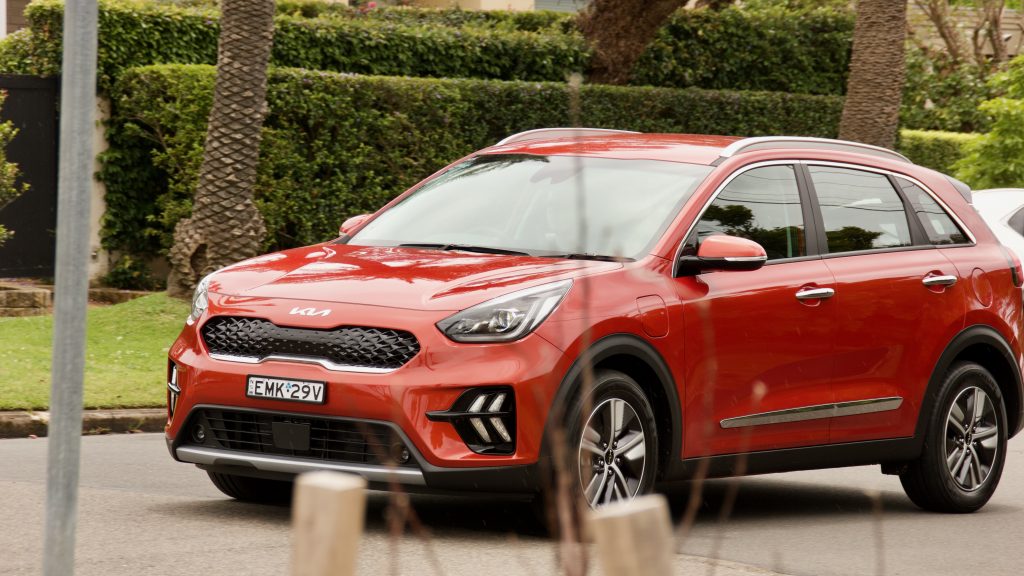
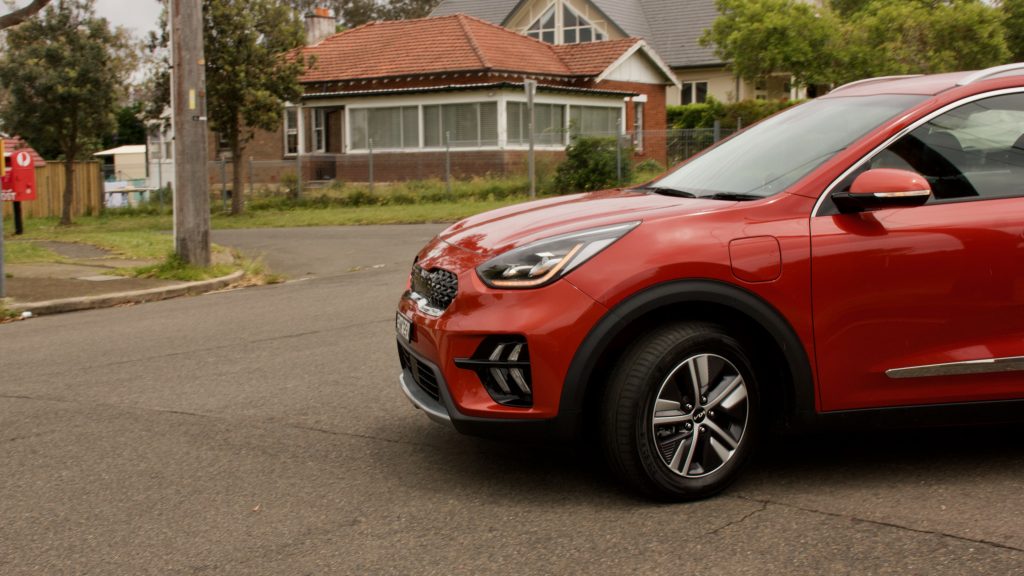
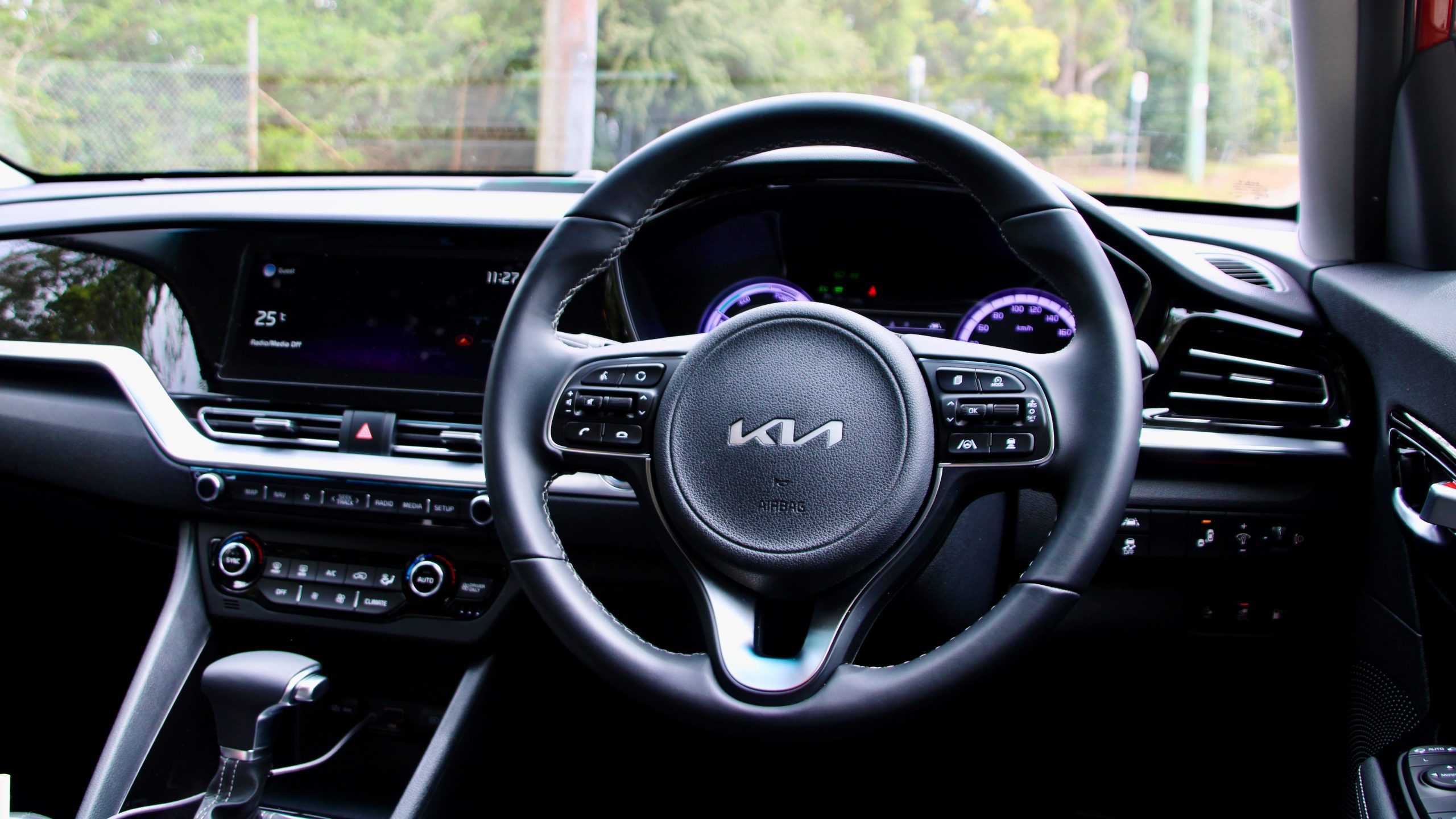
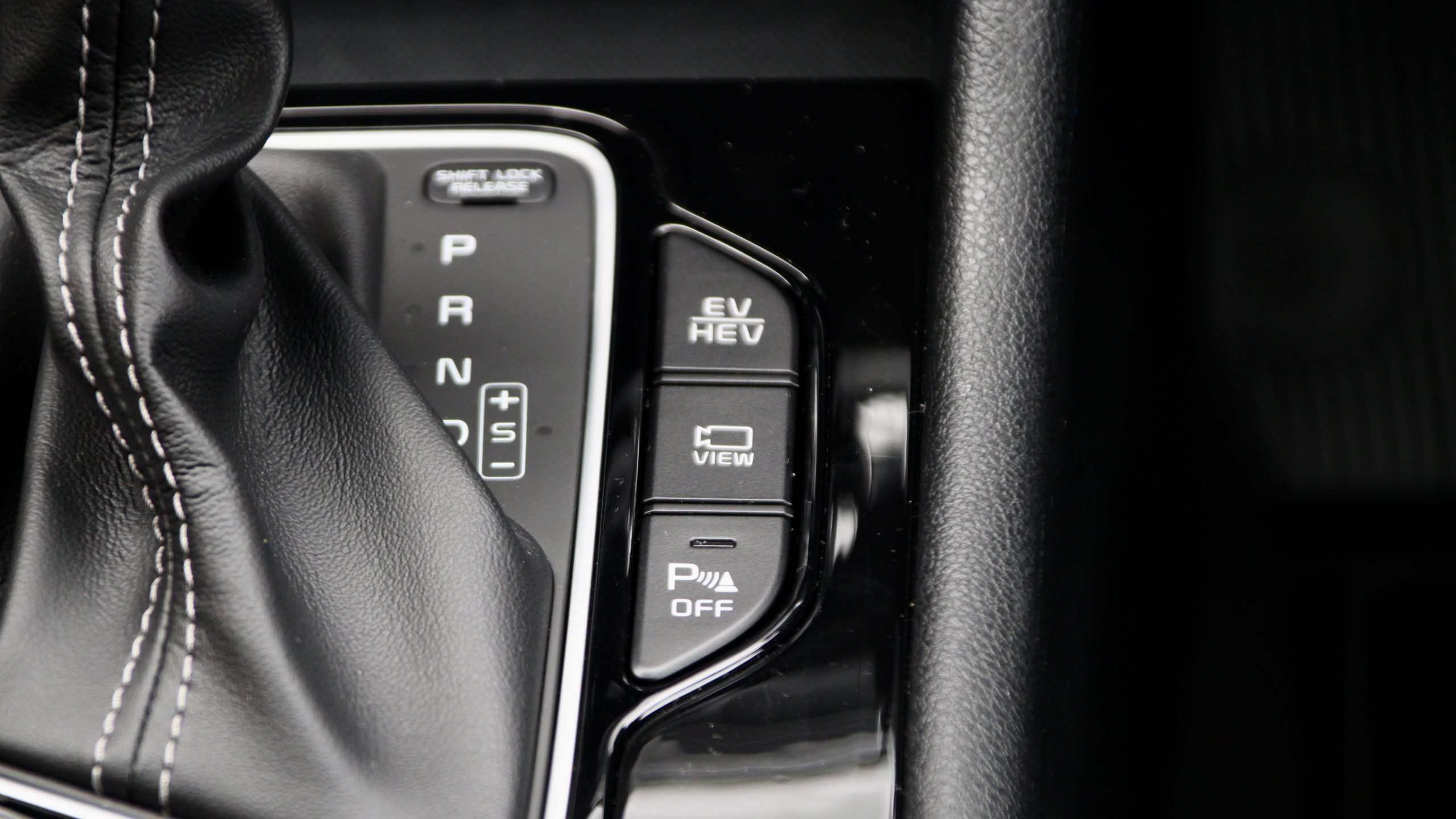
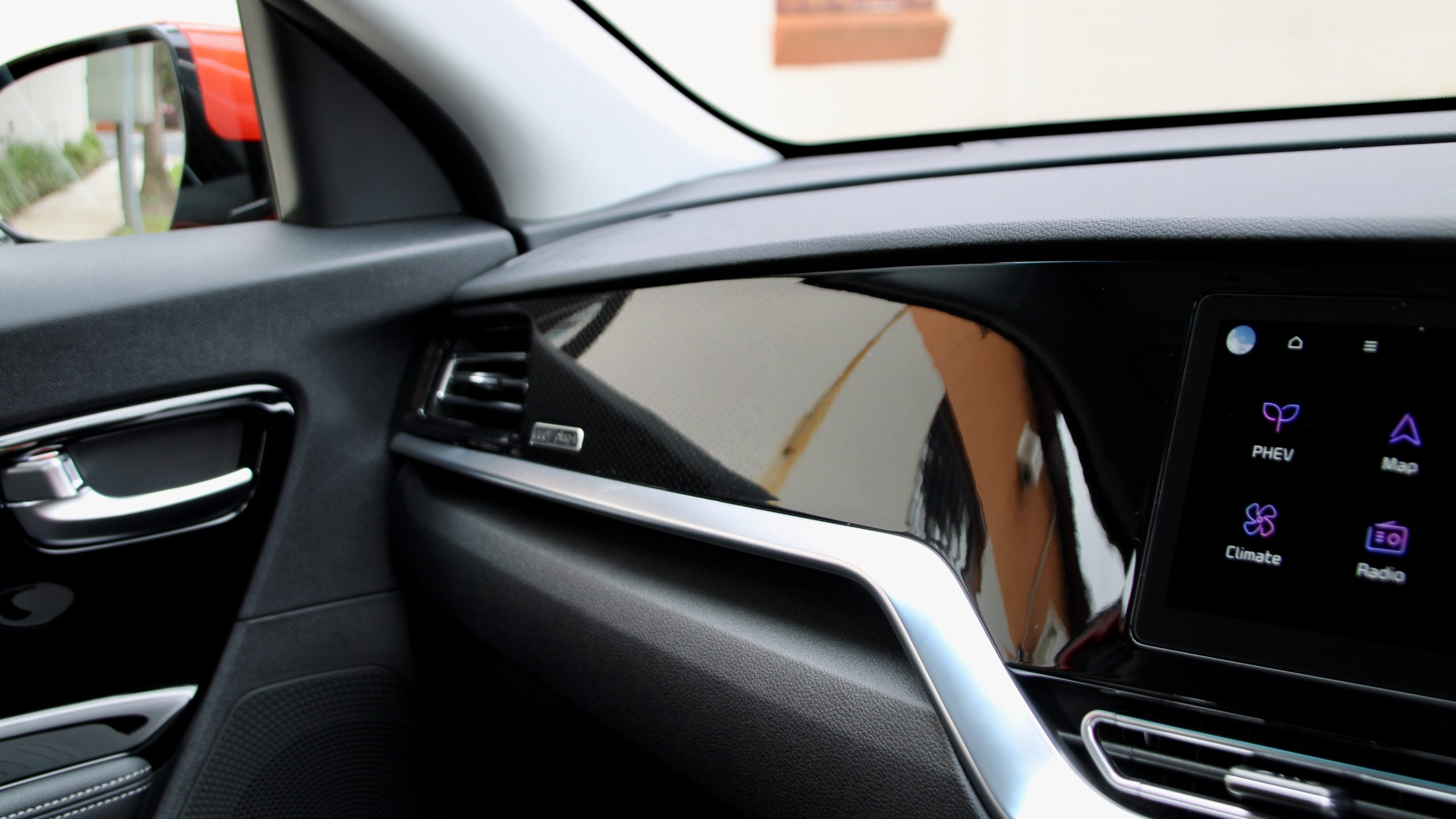
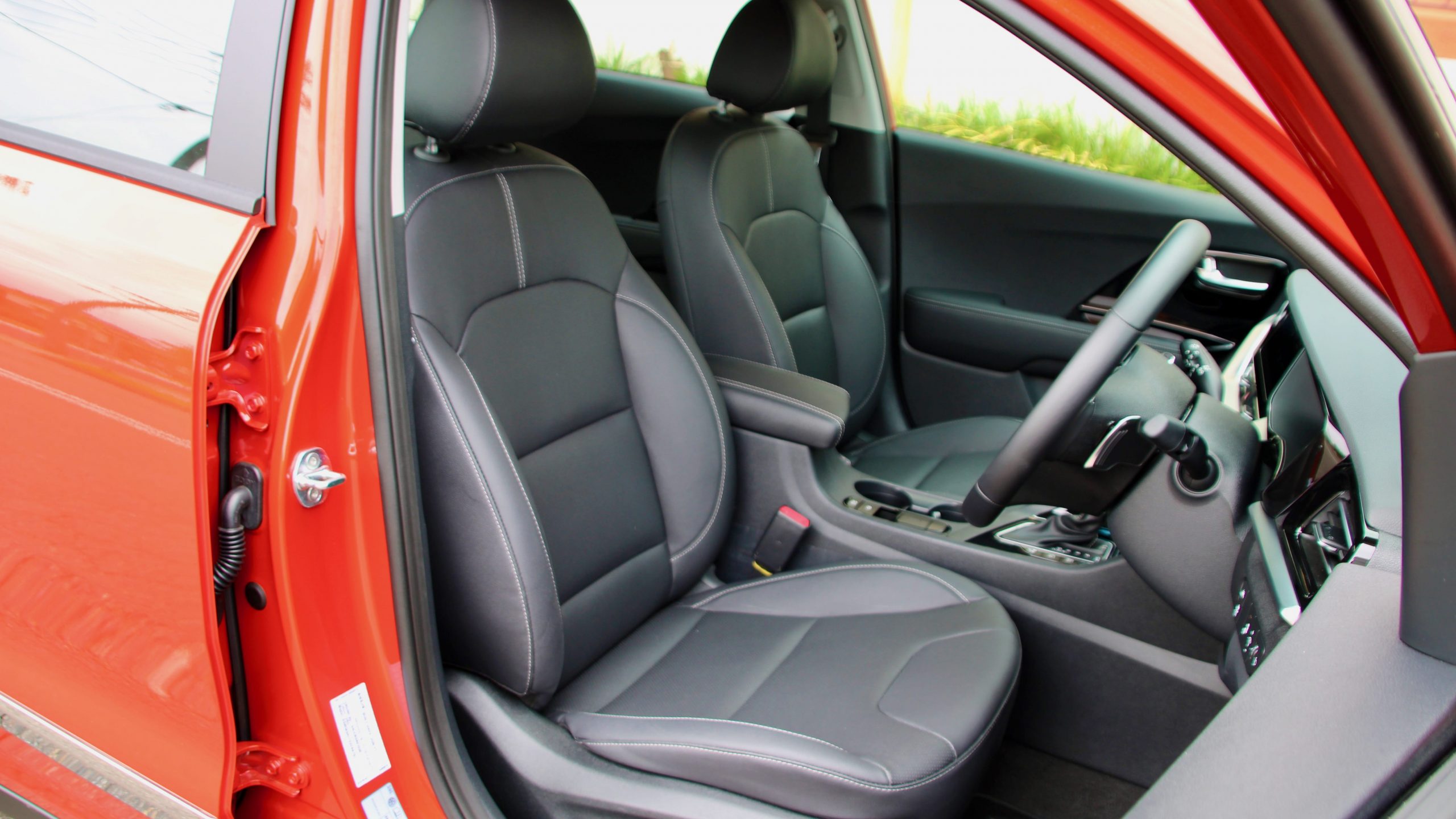
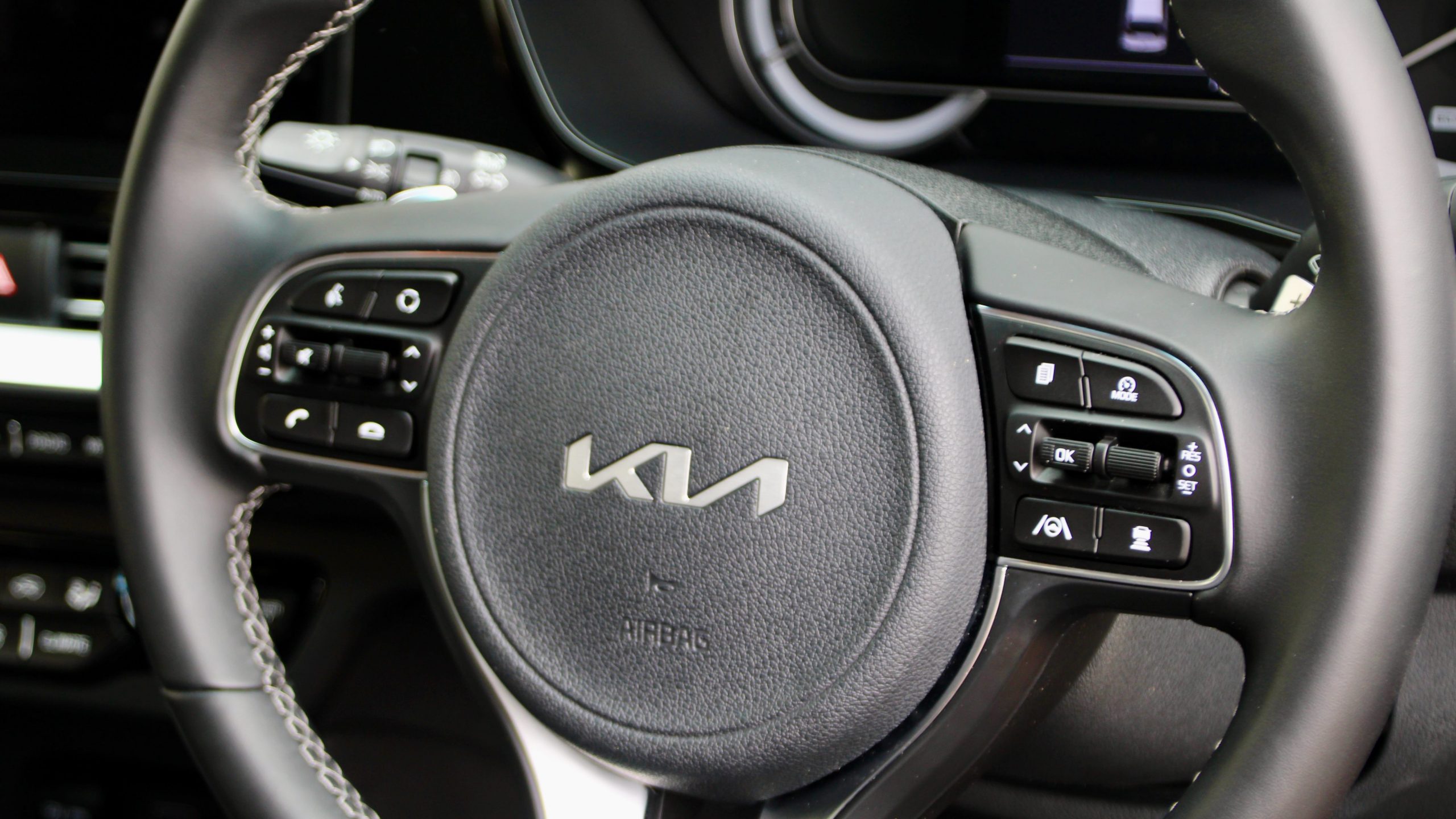
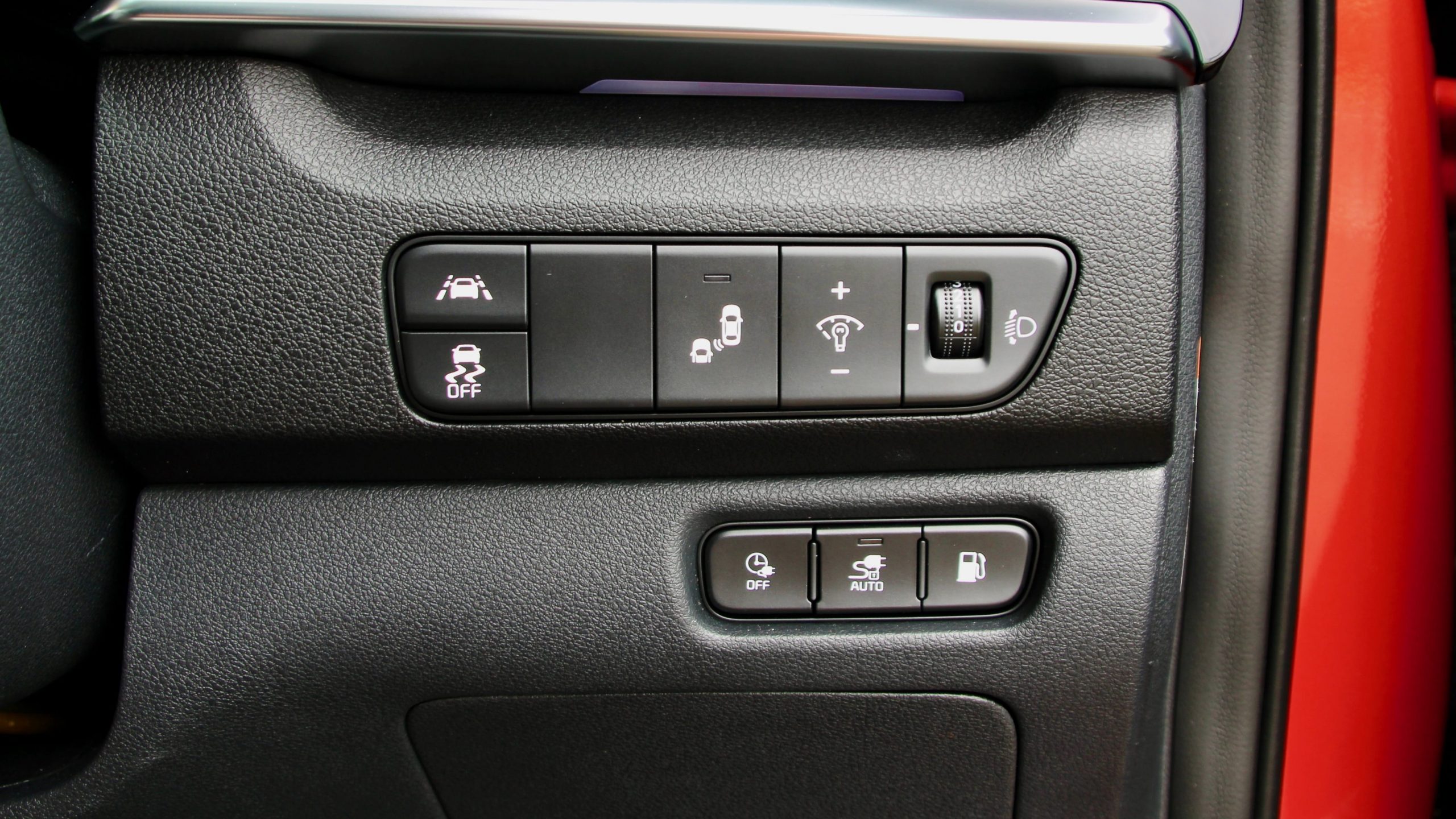
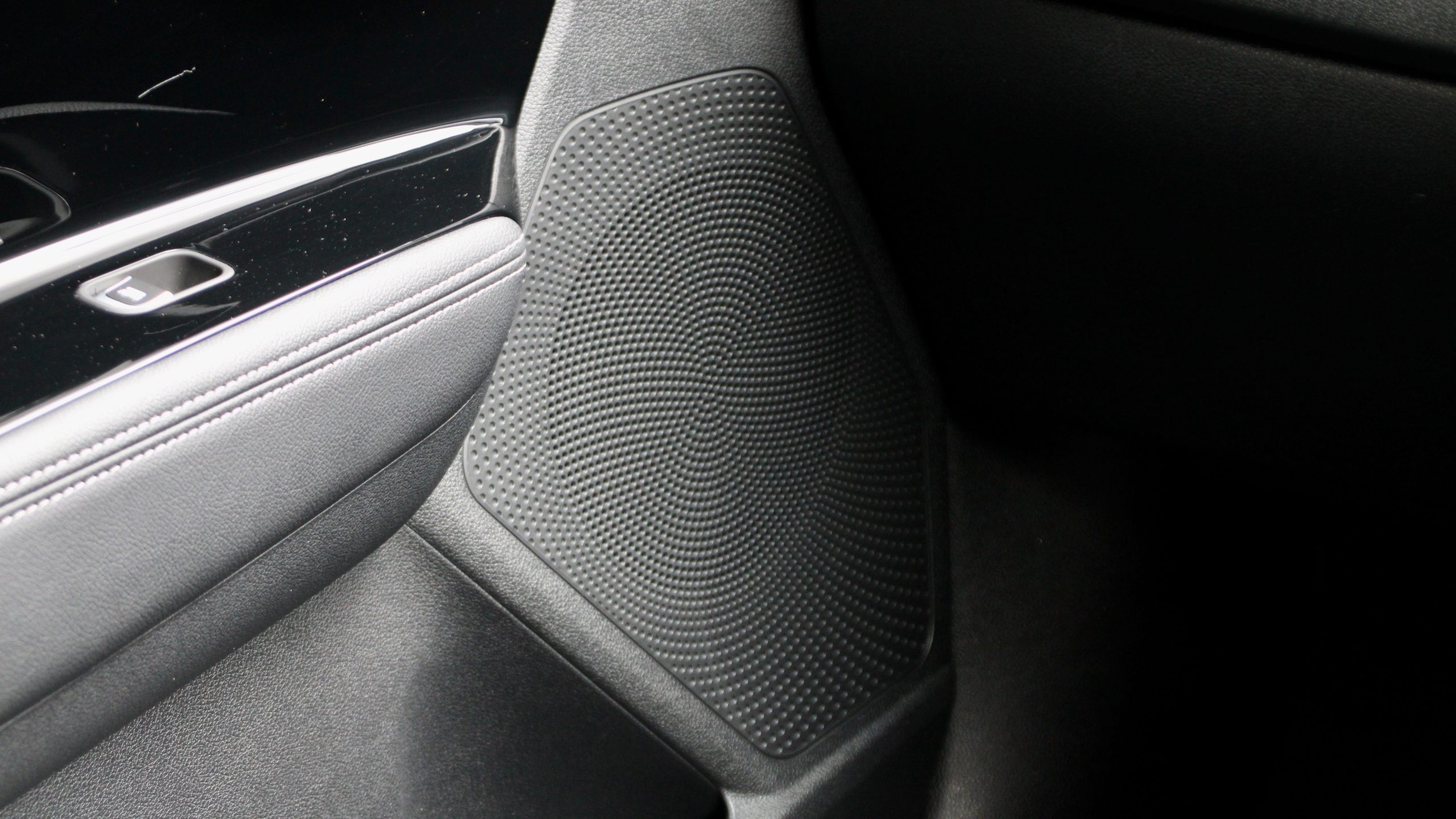
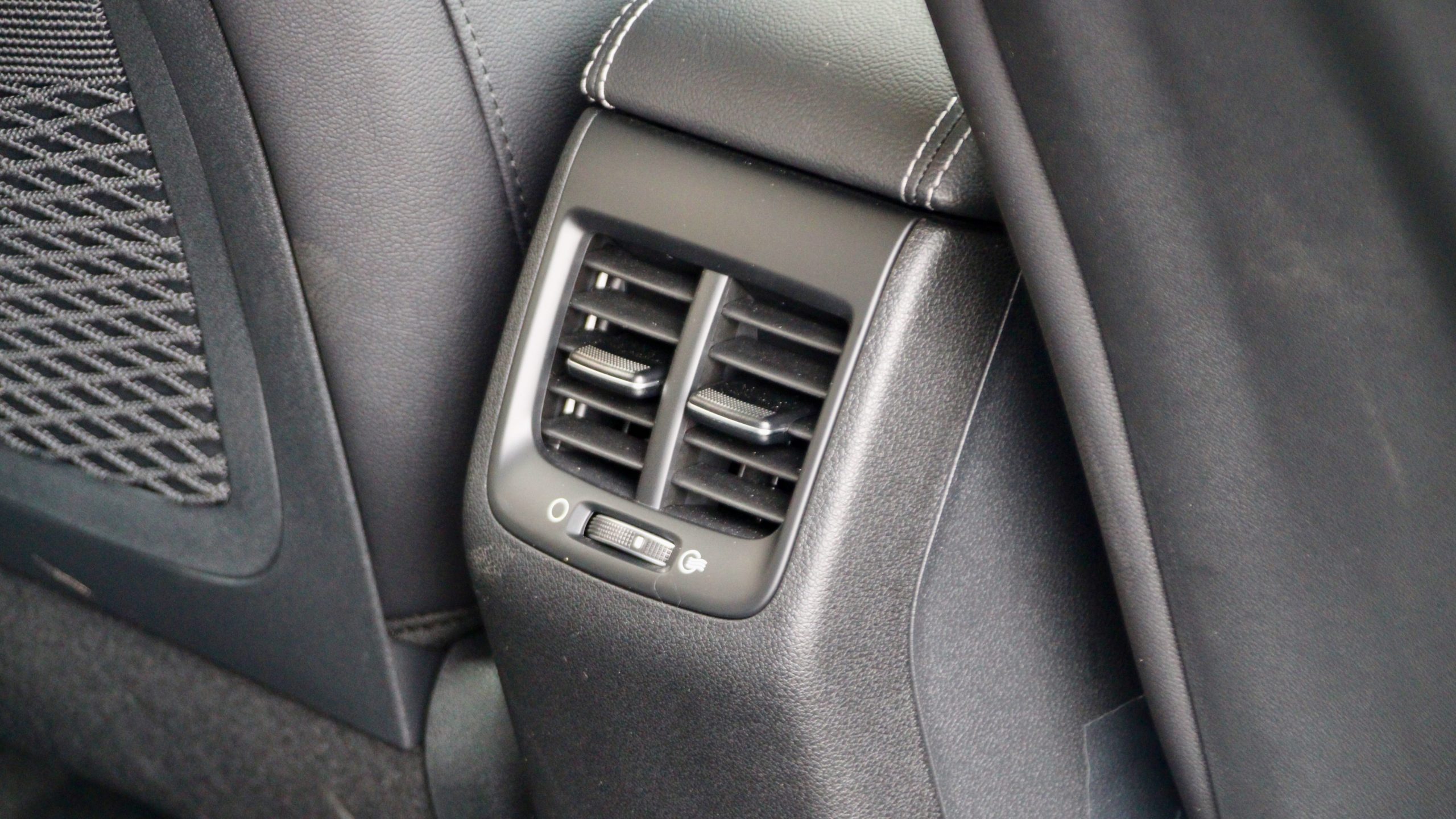
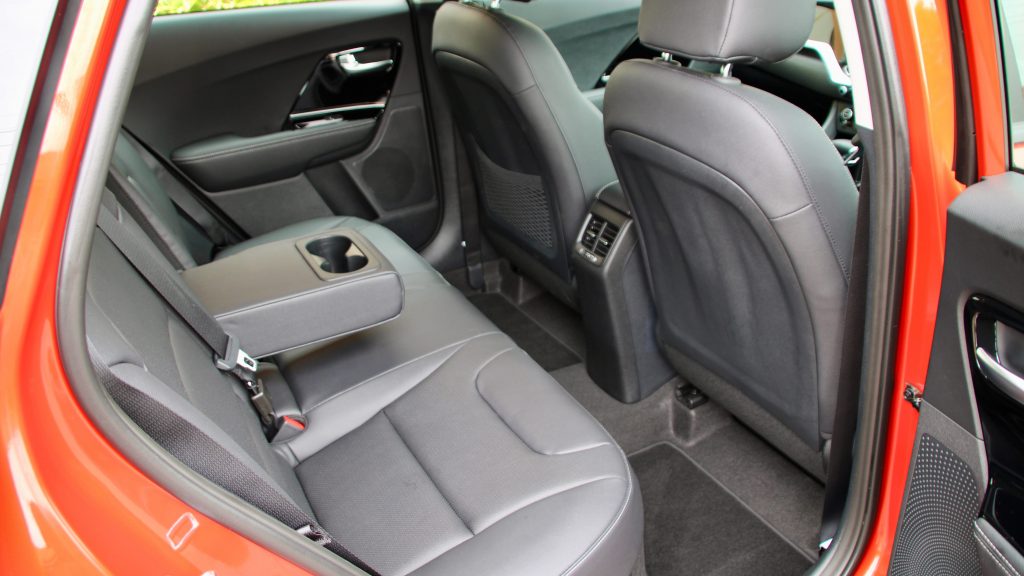
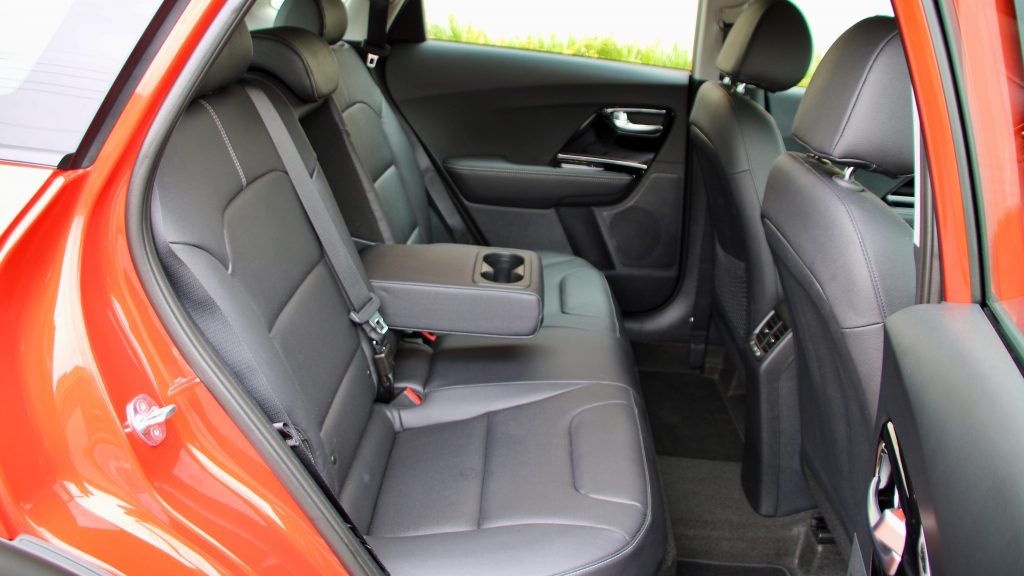
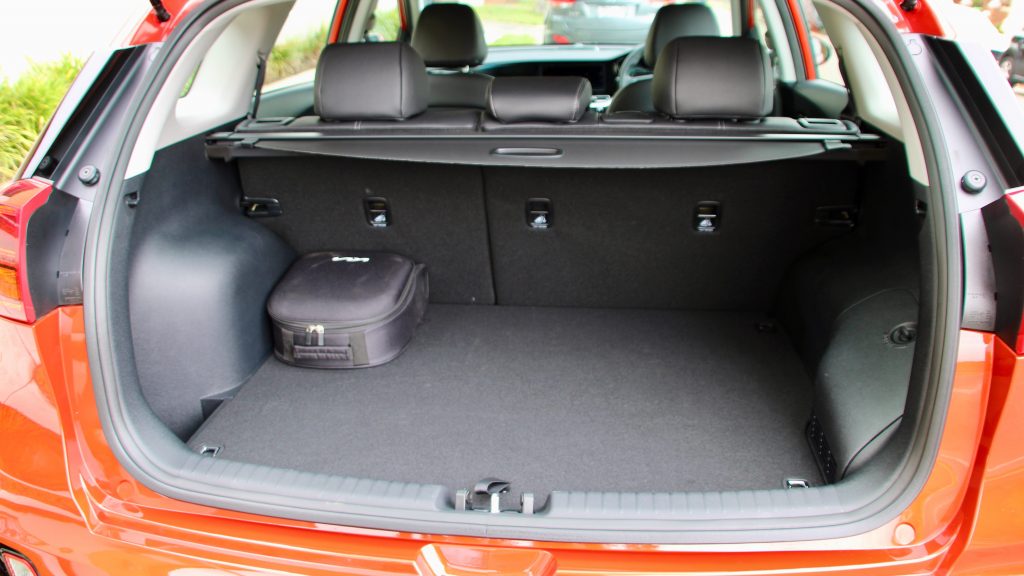
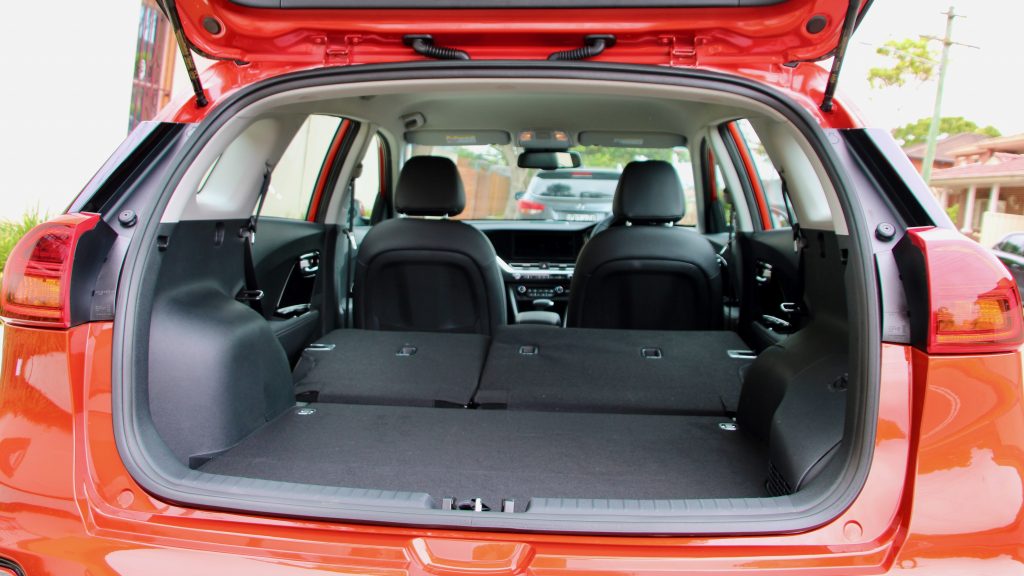
Leave a Reply